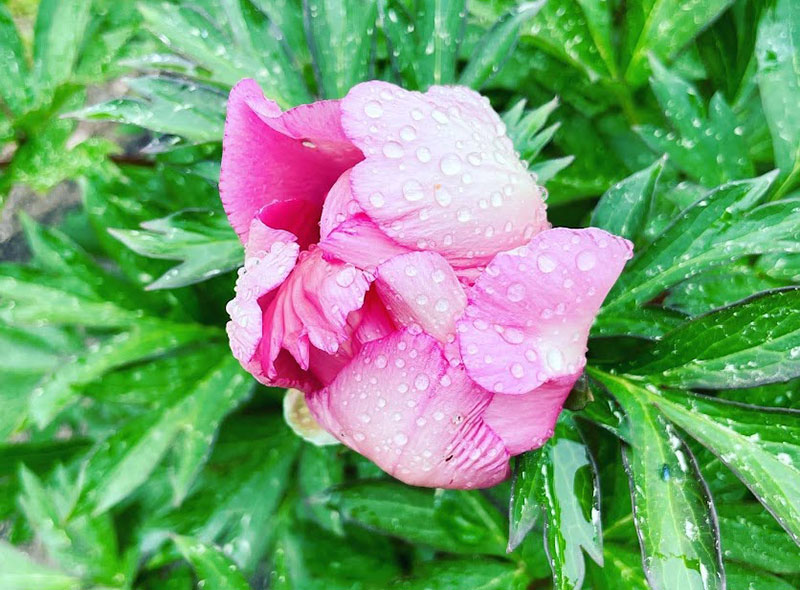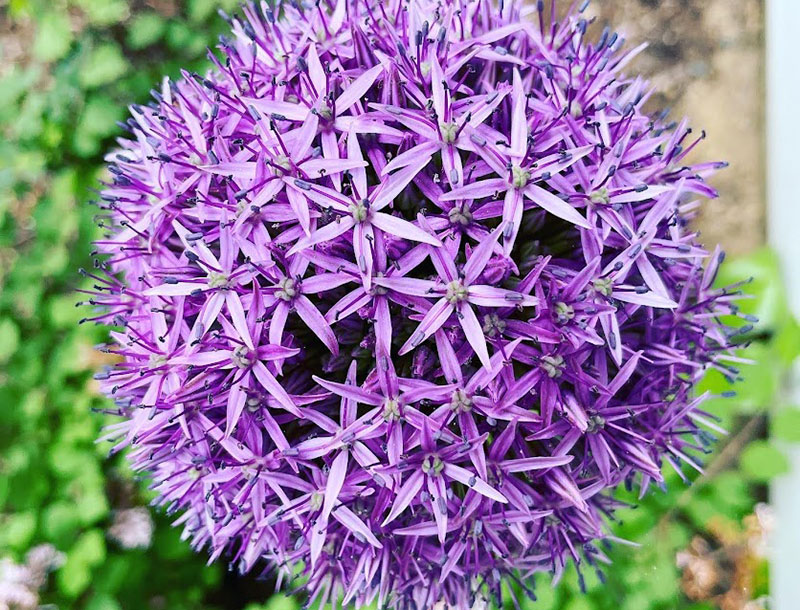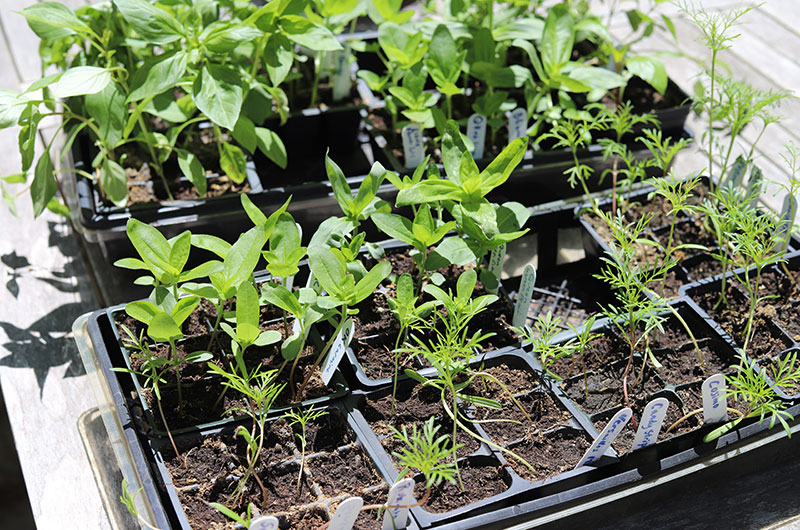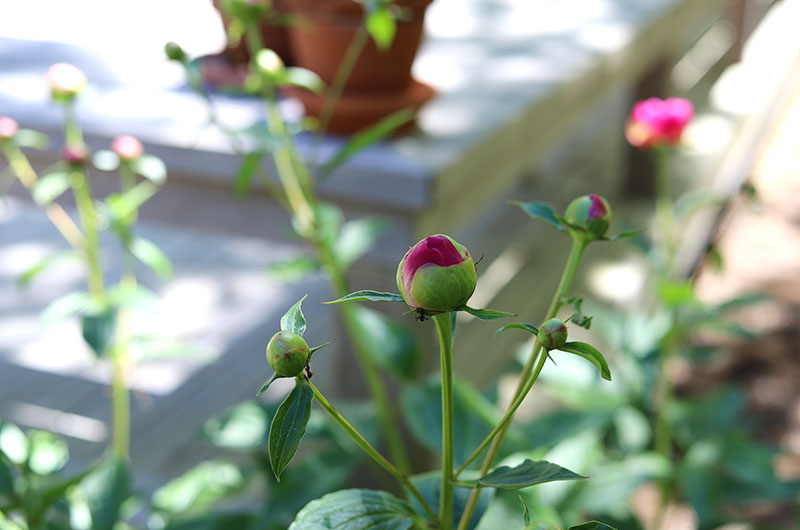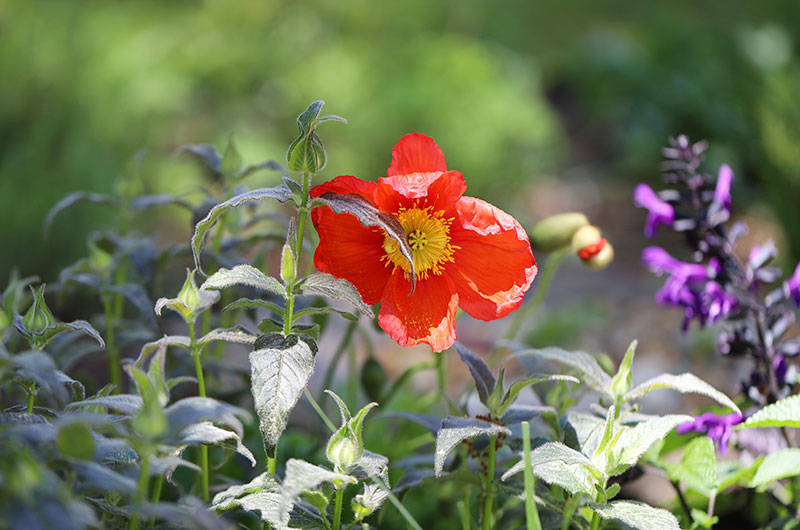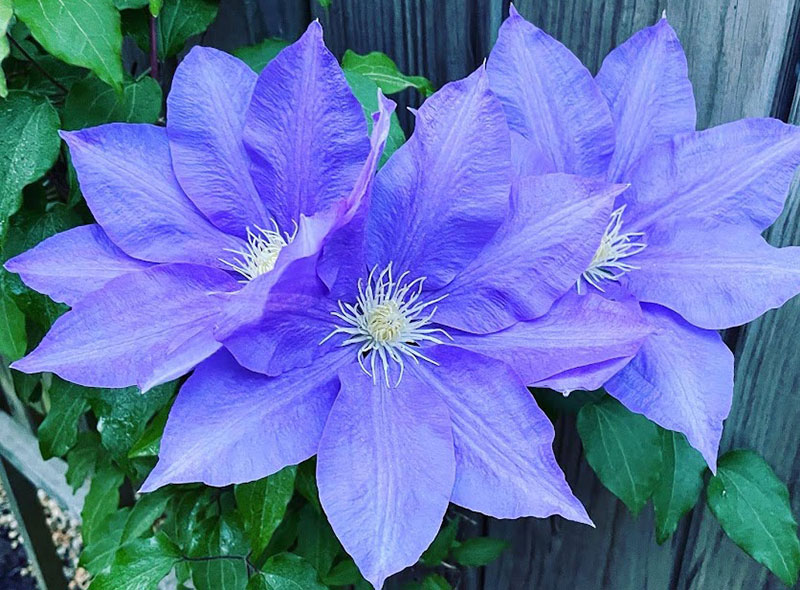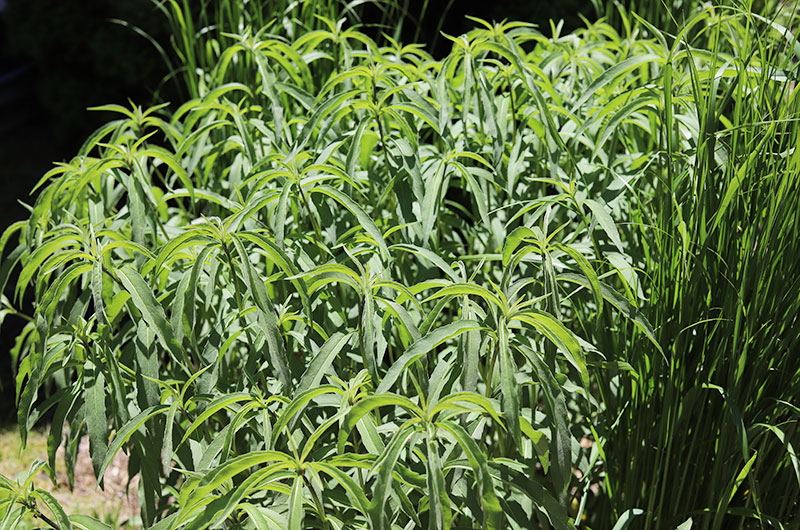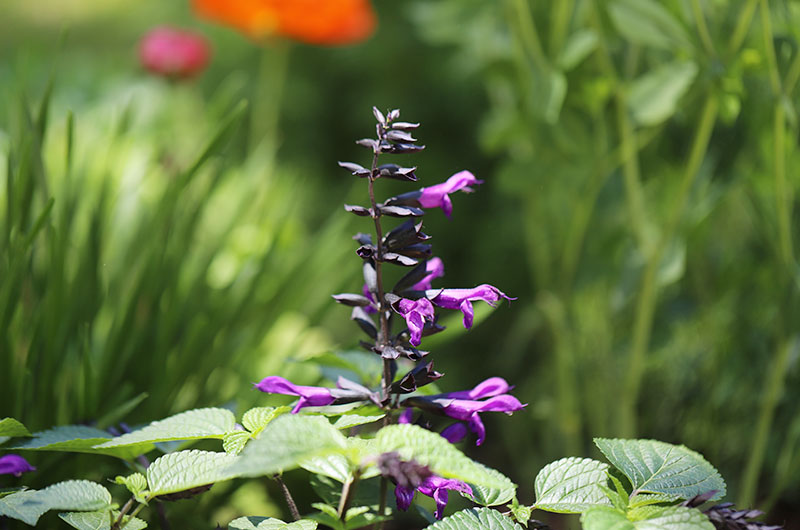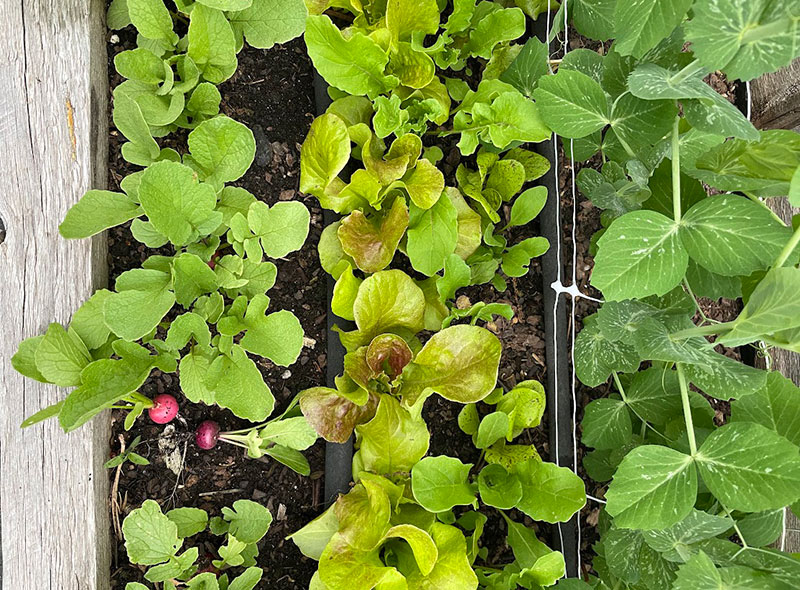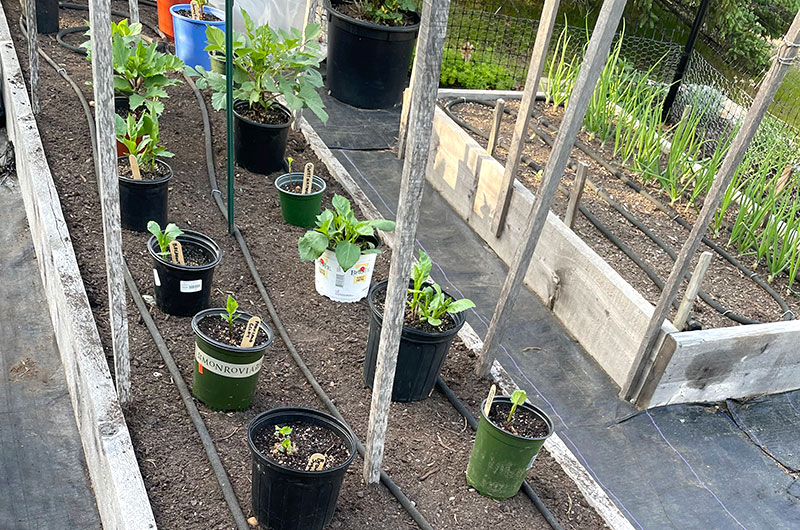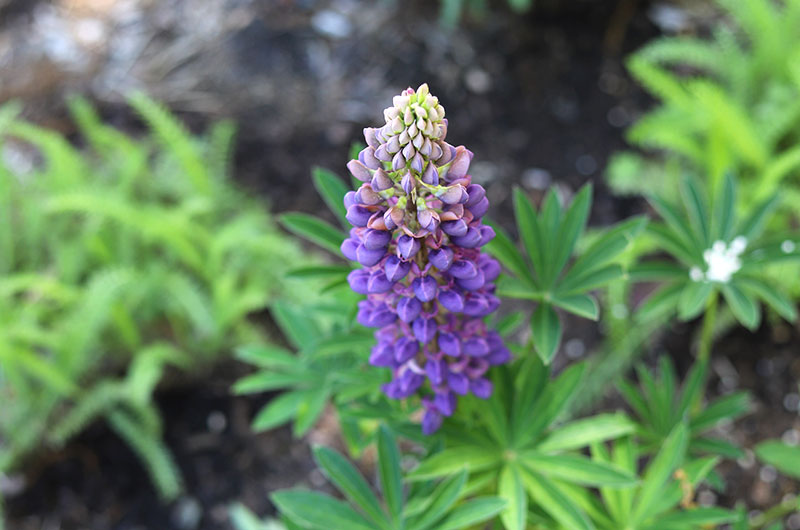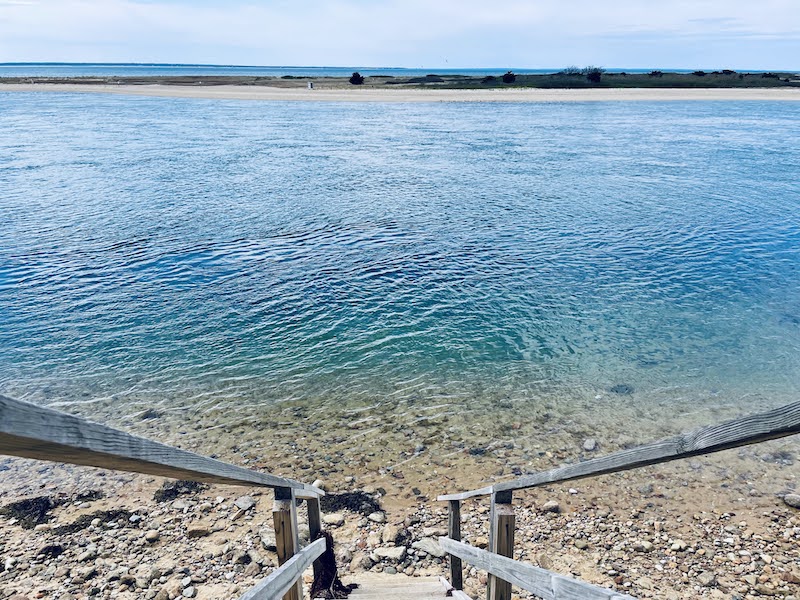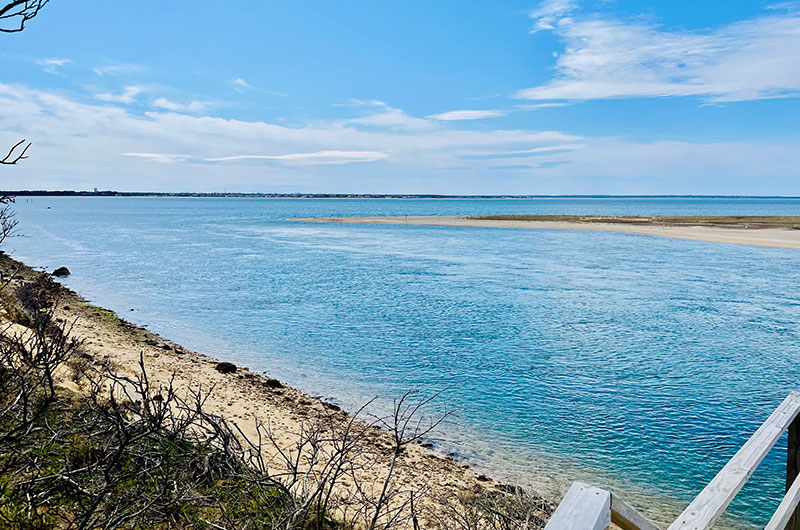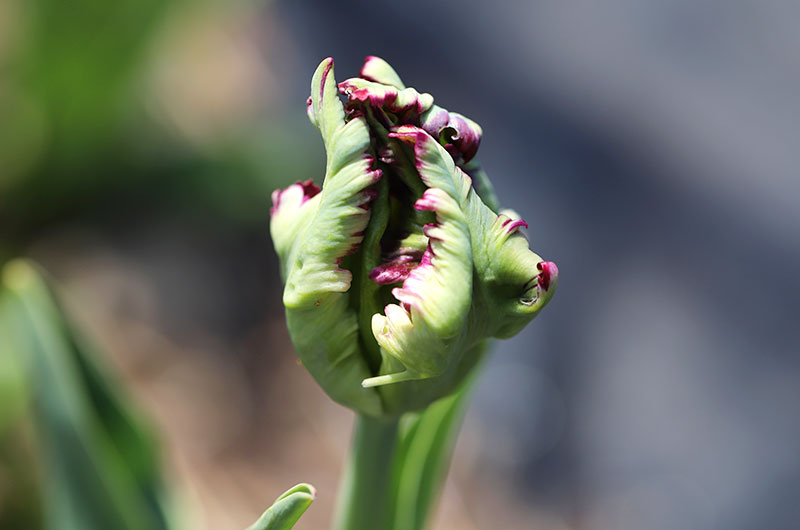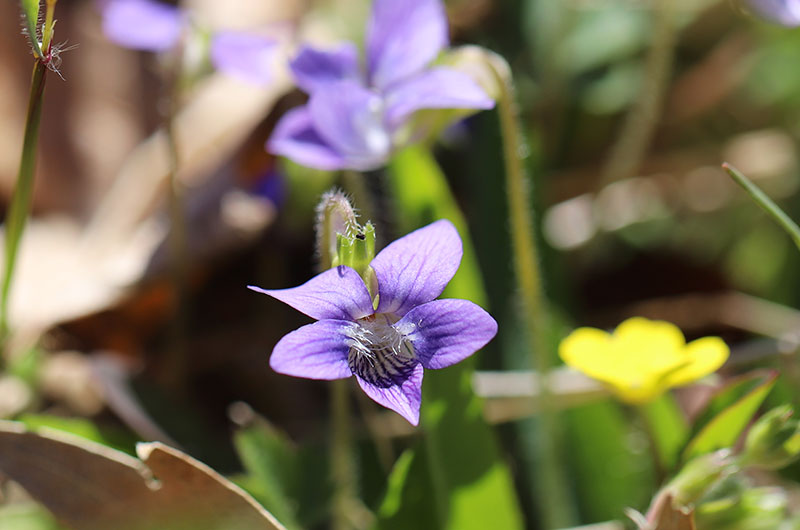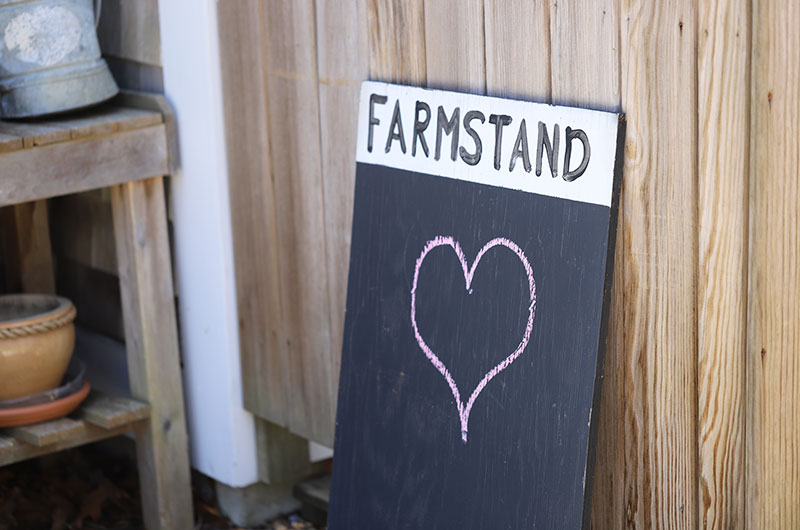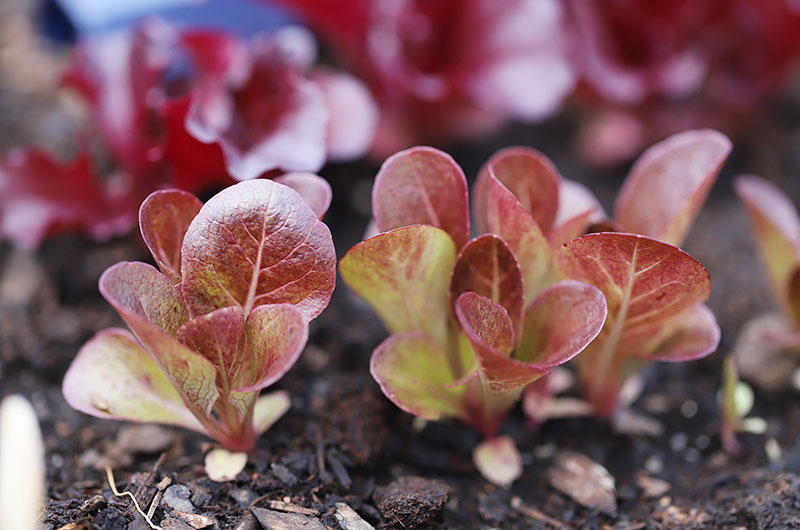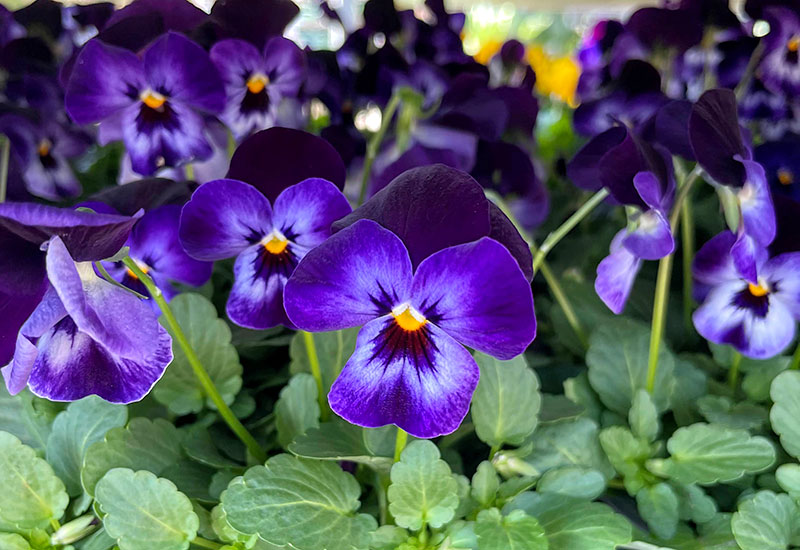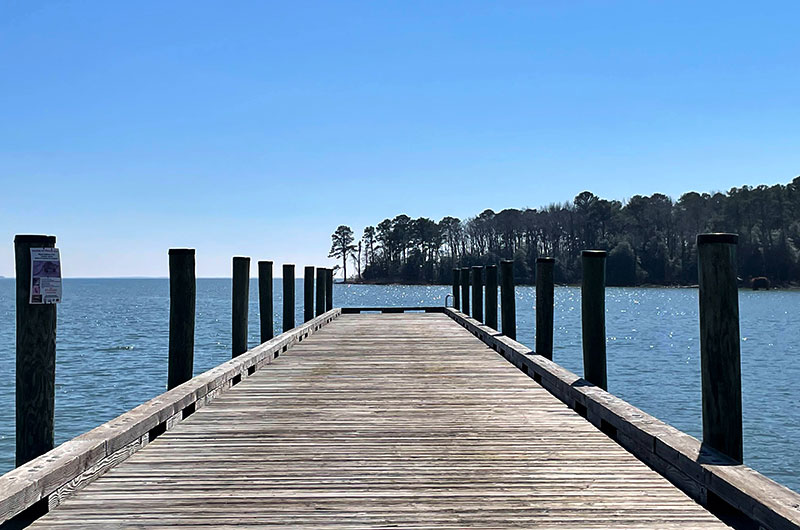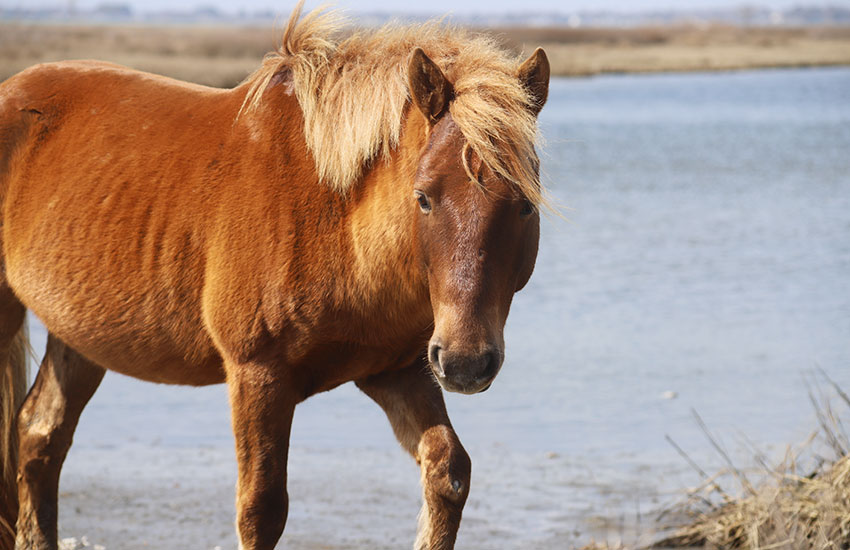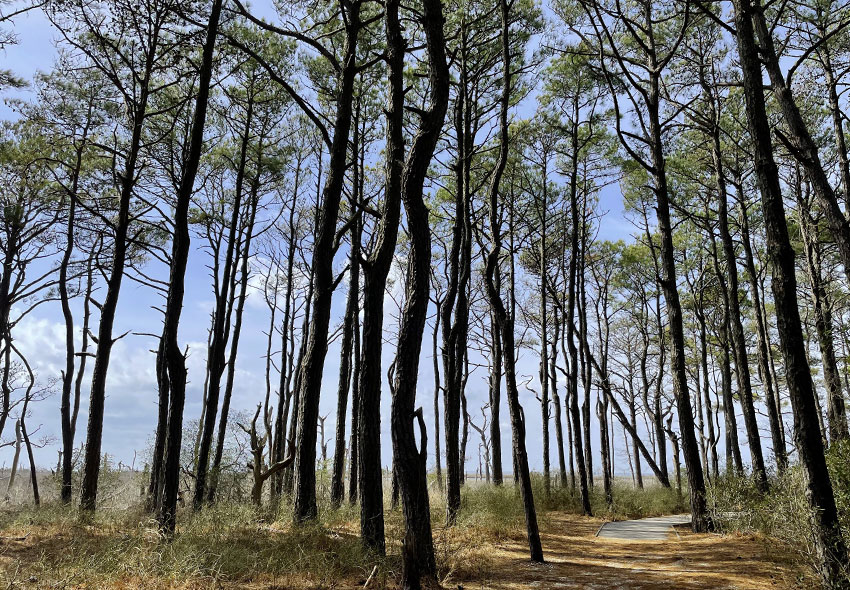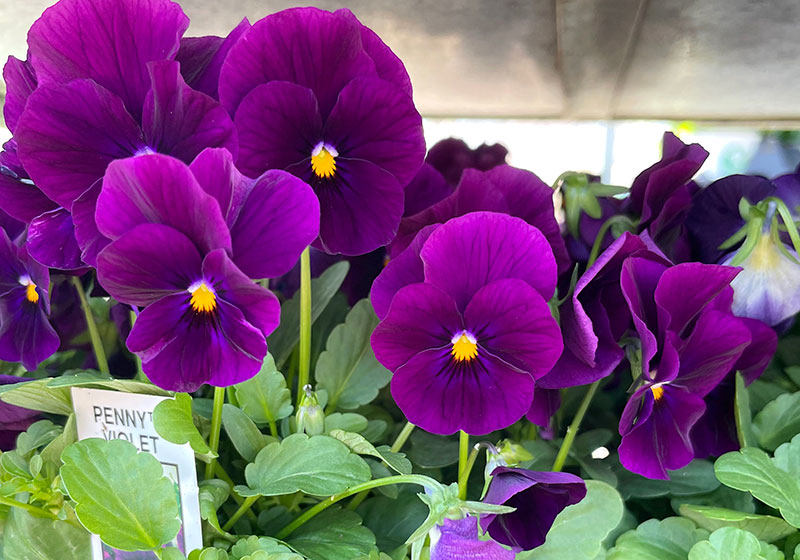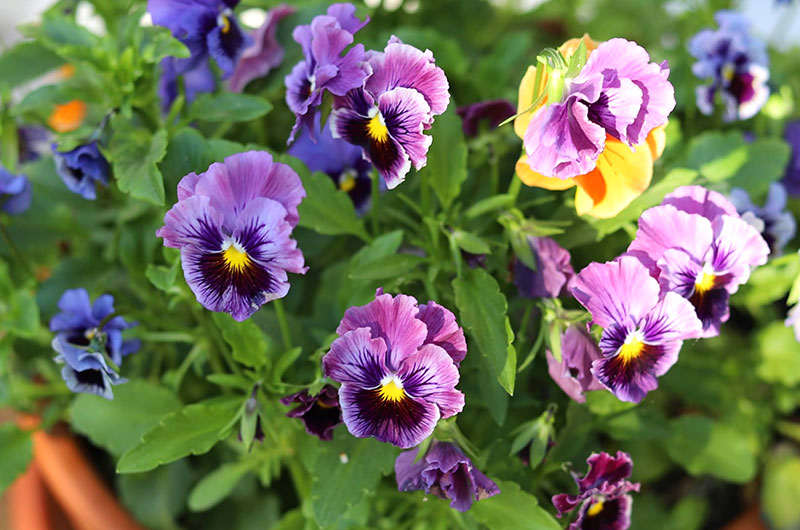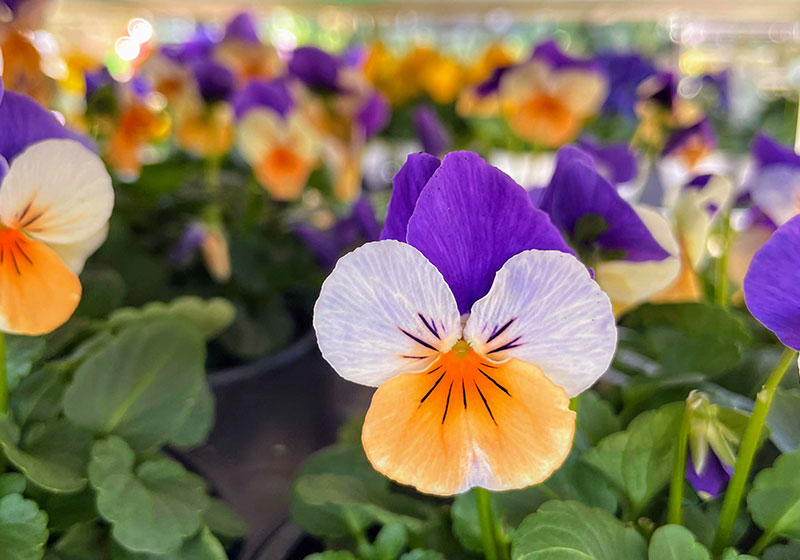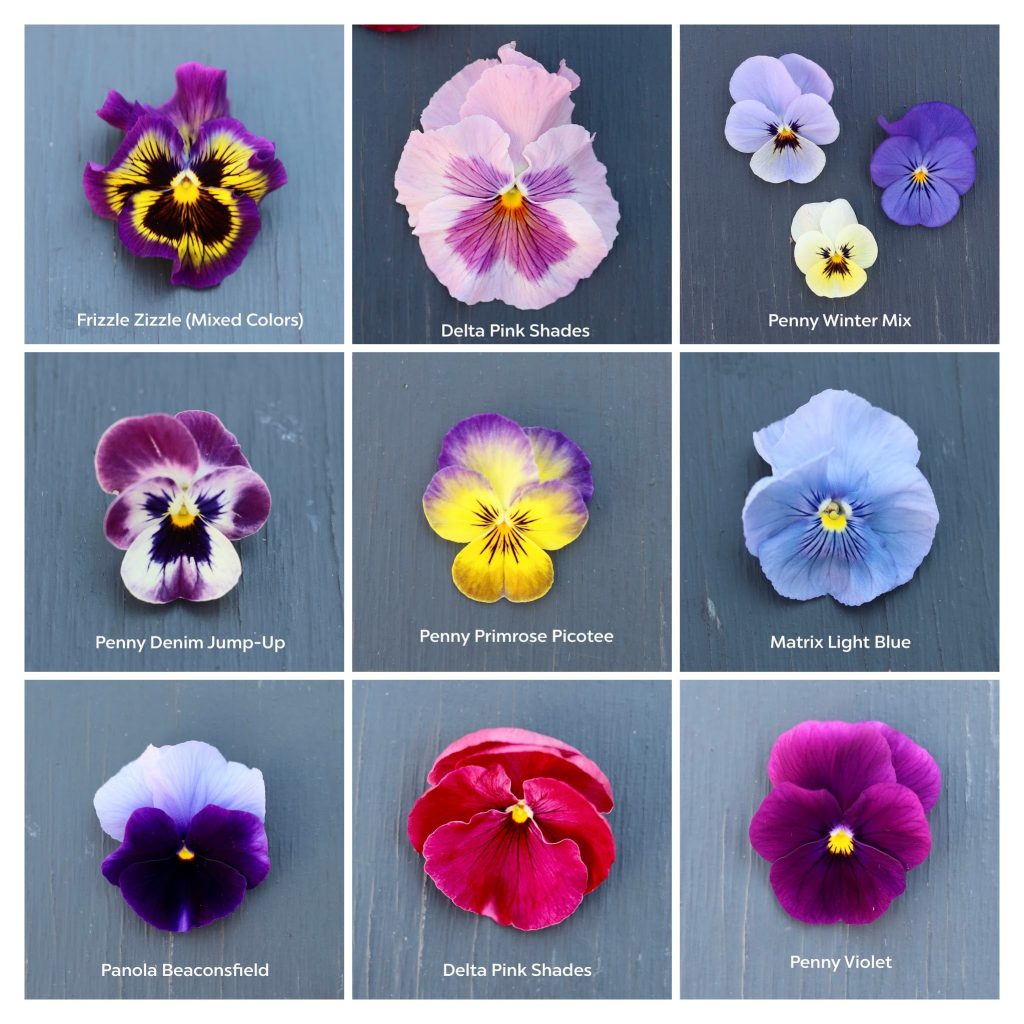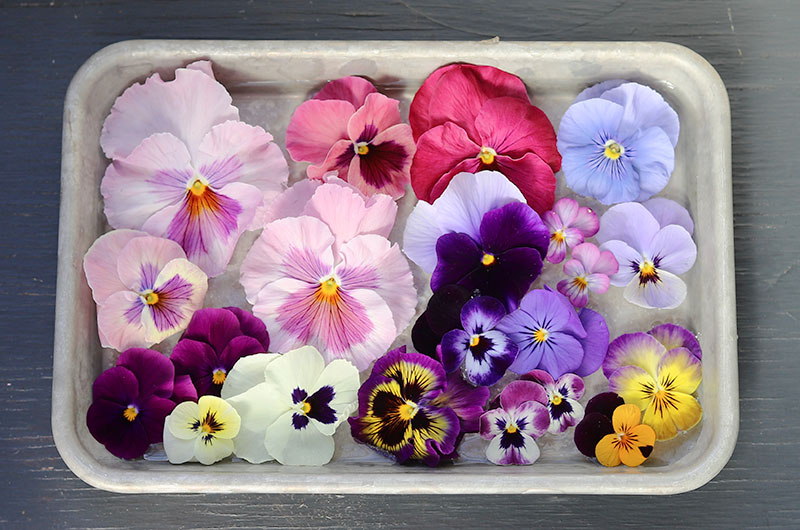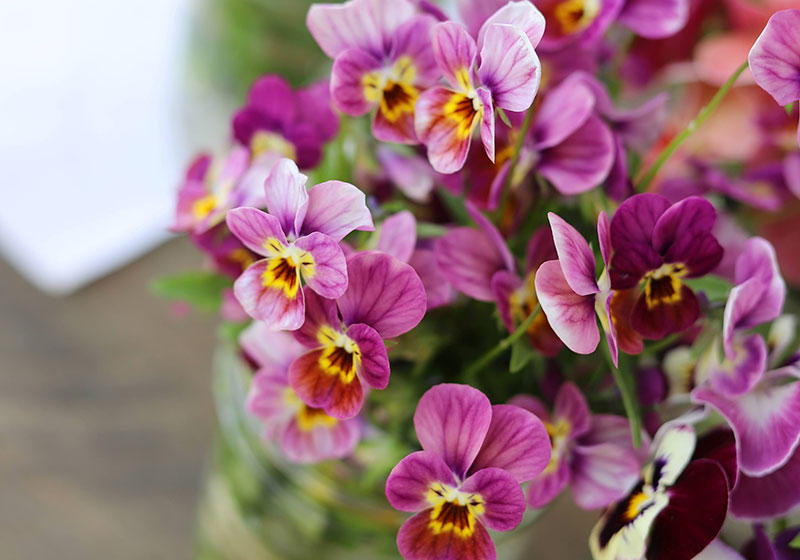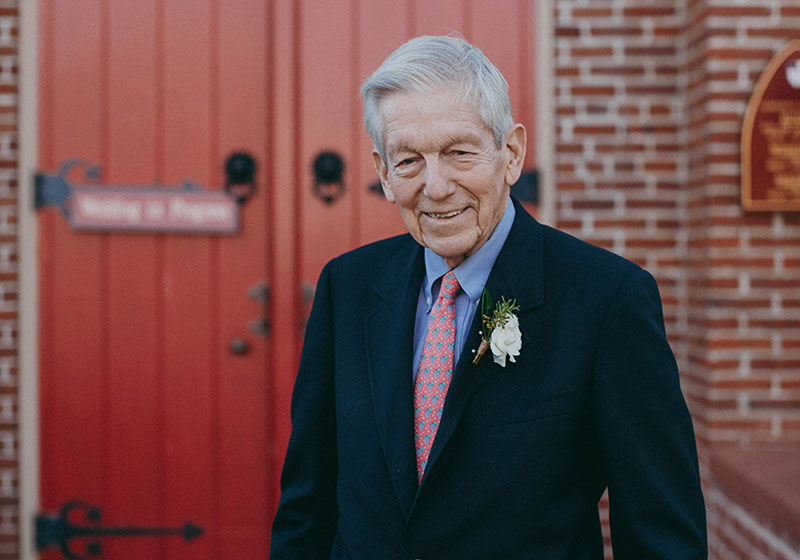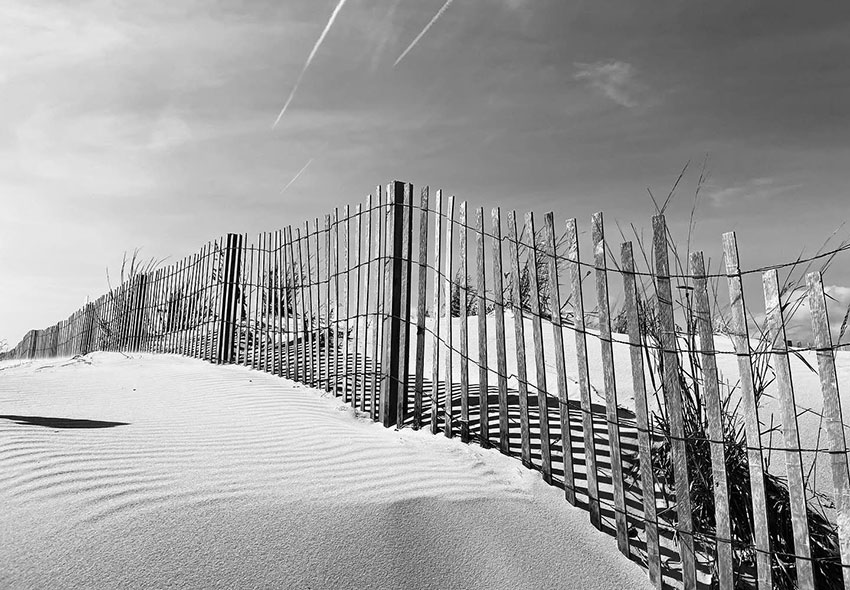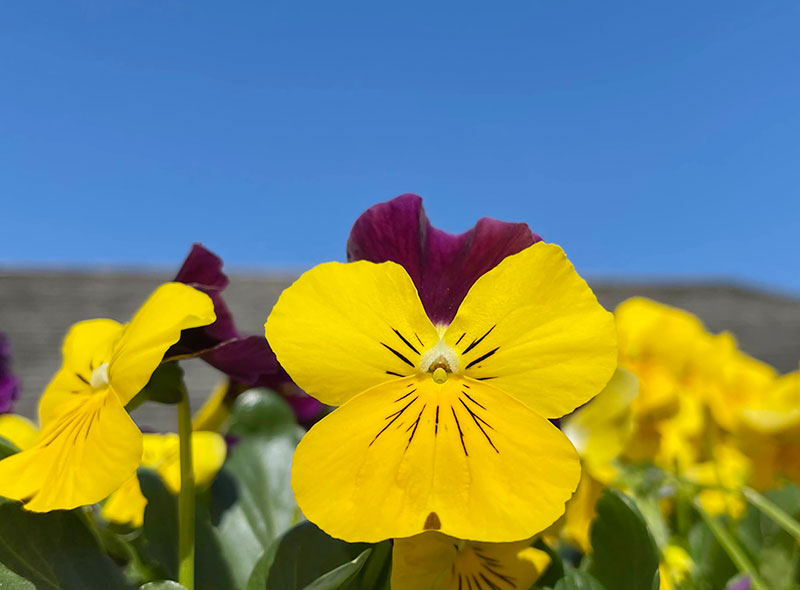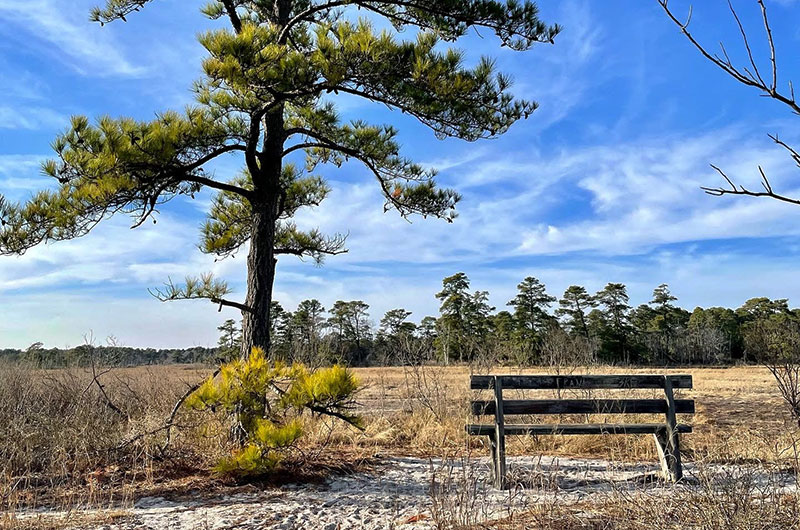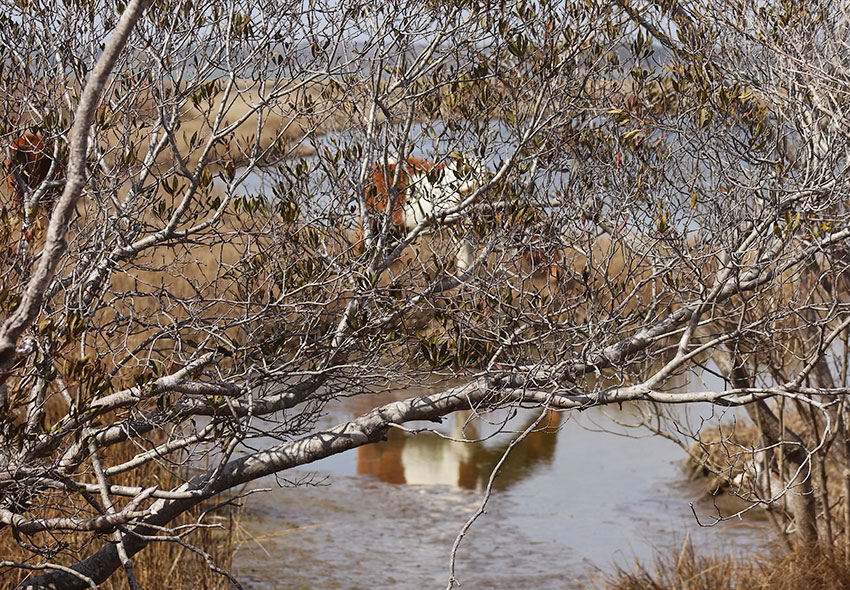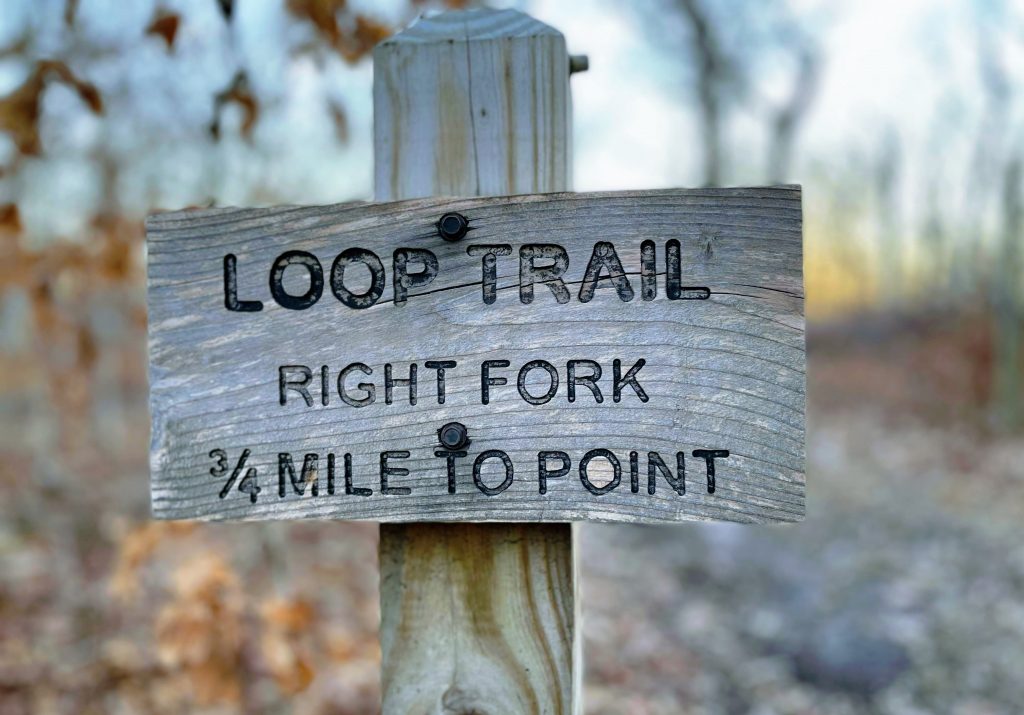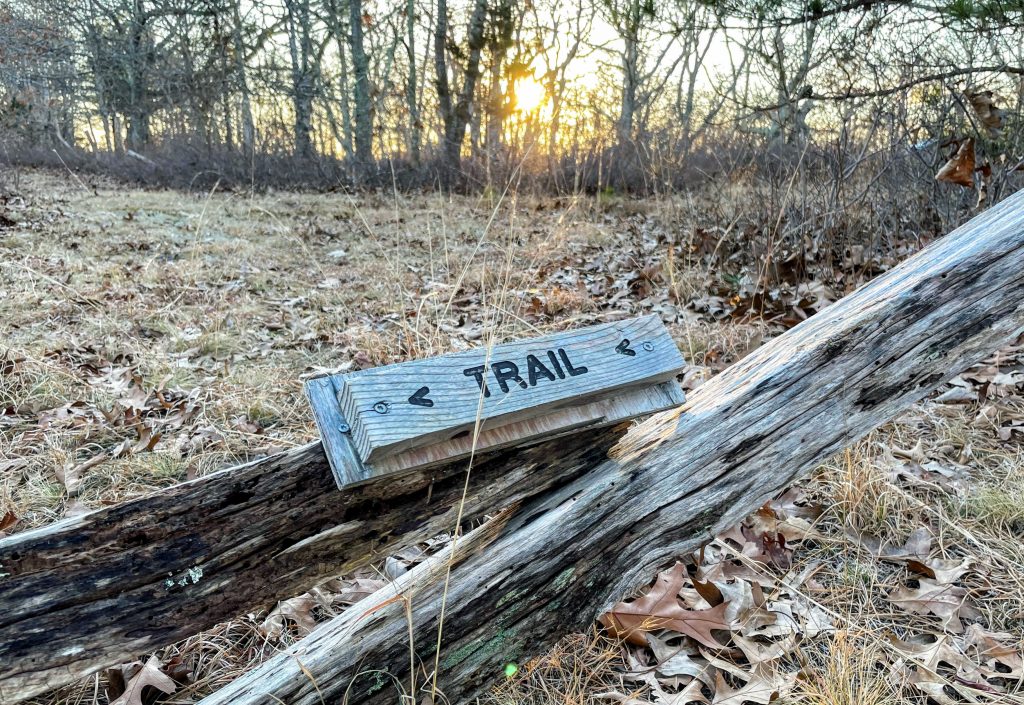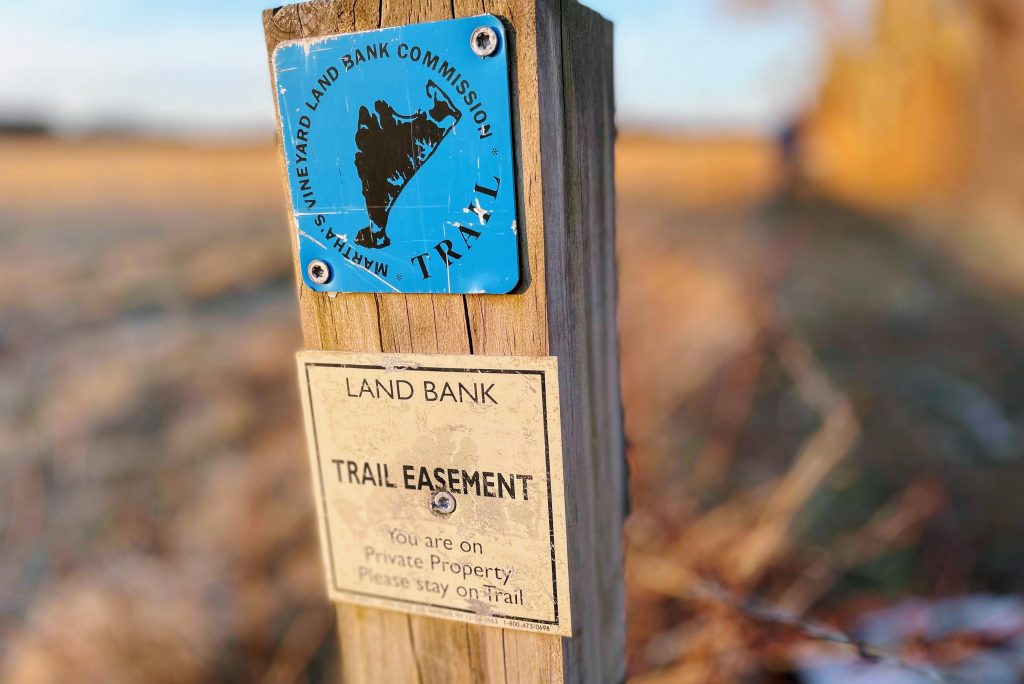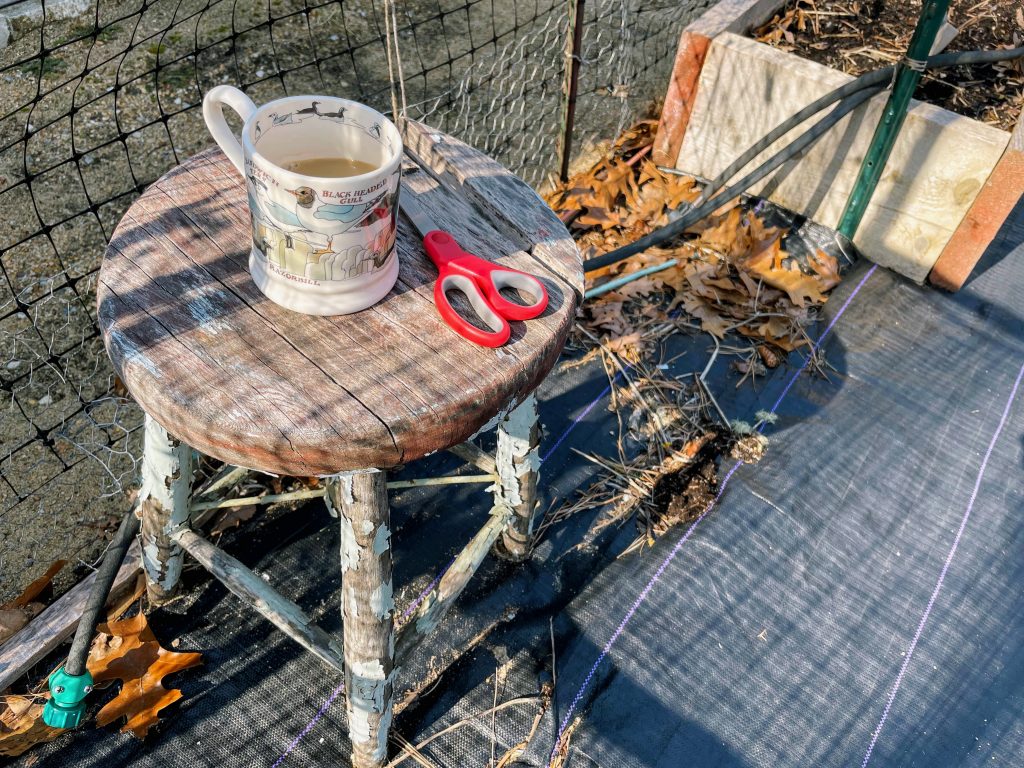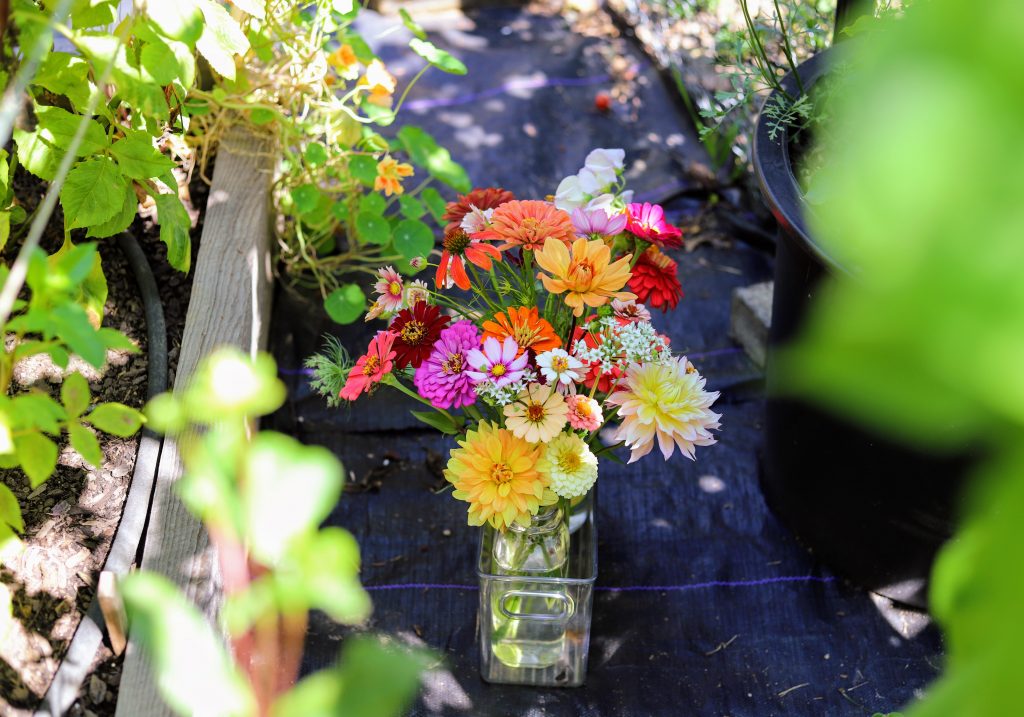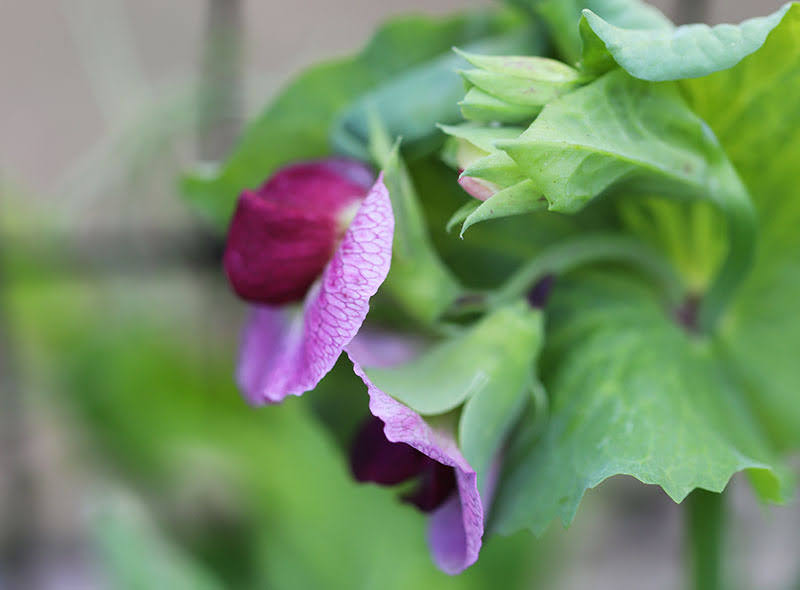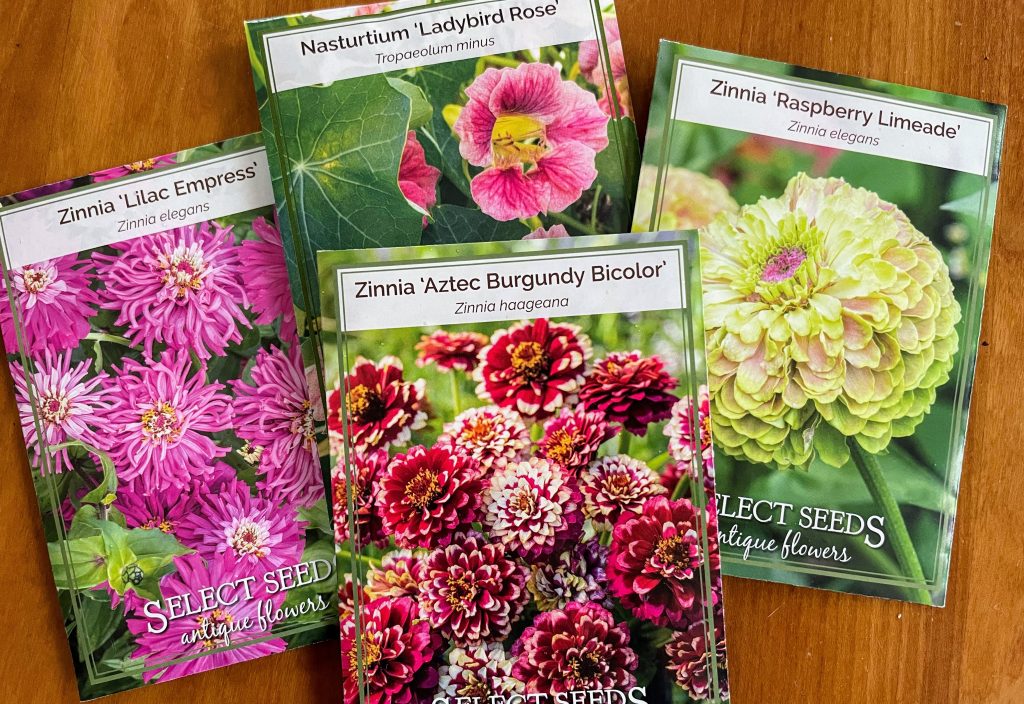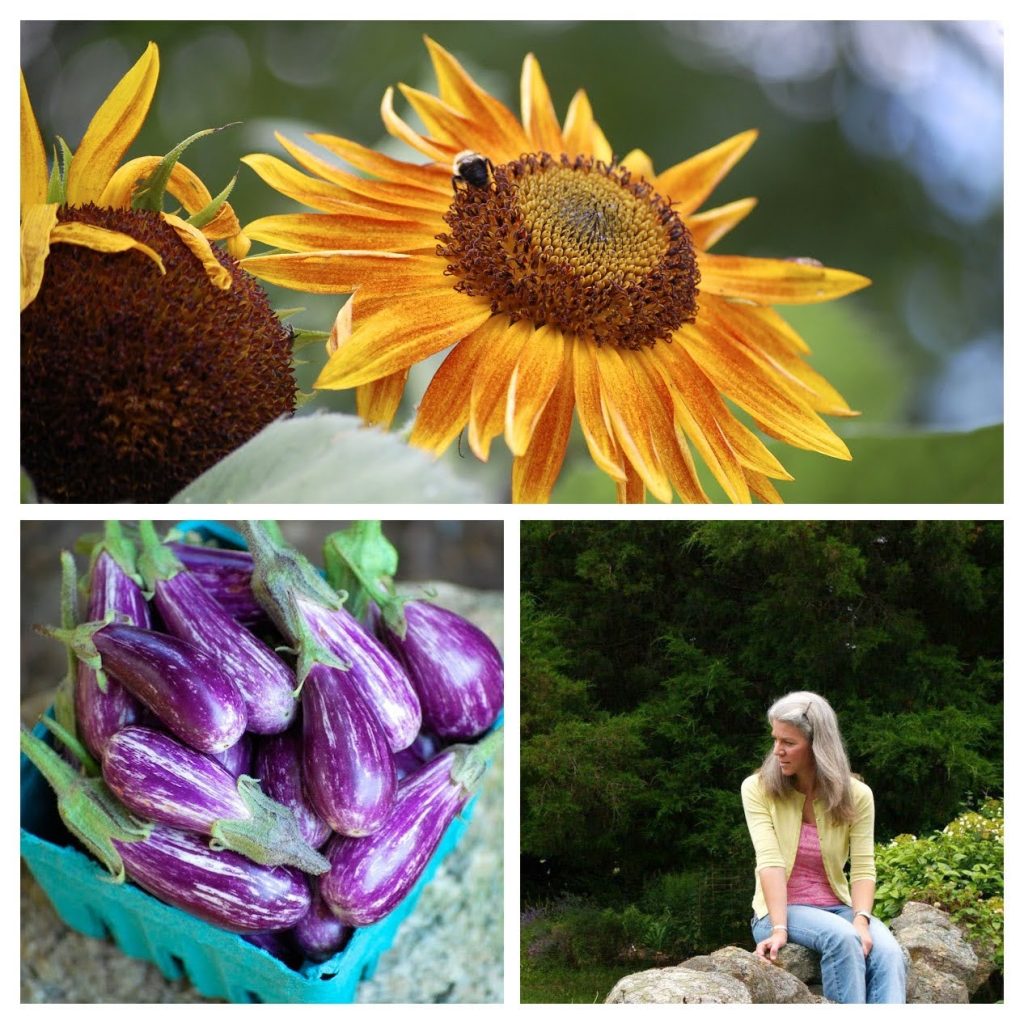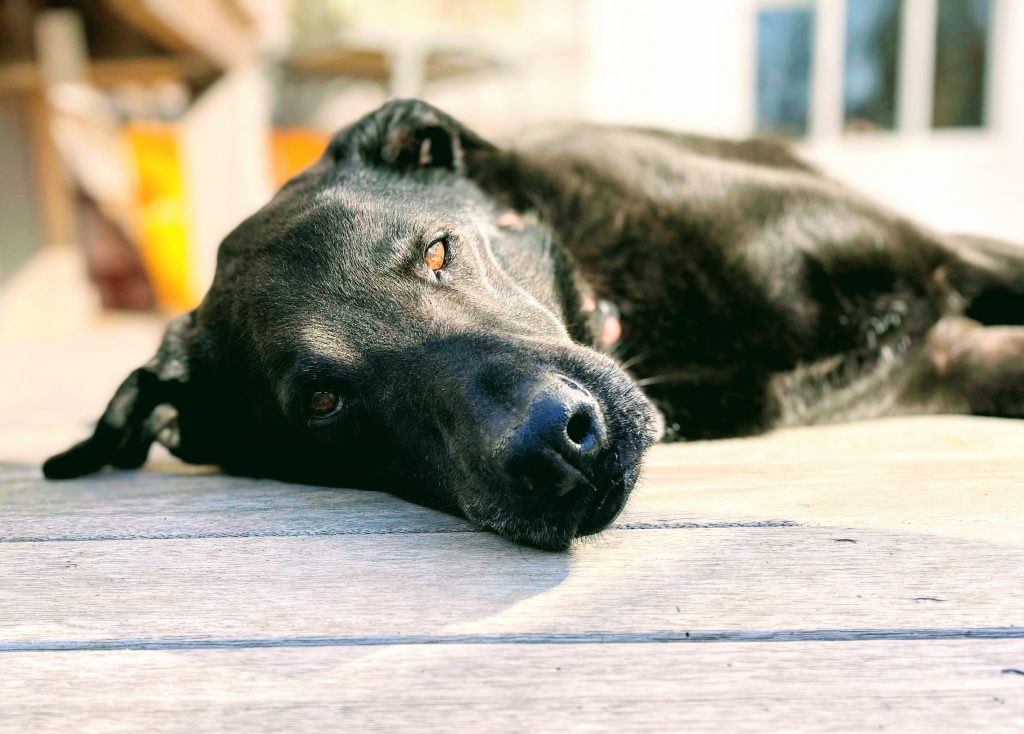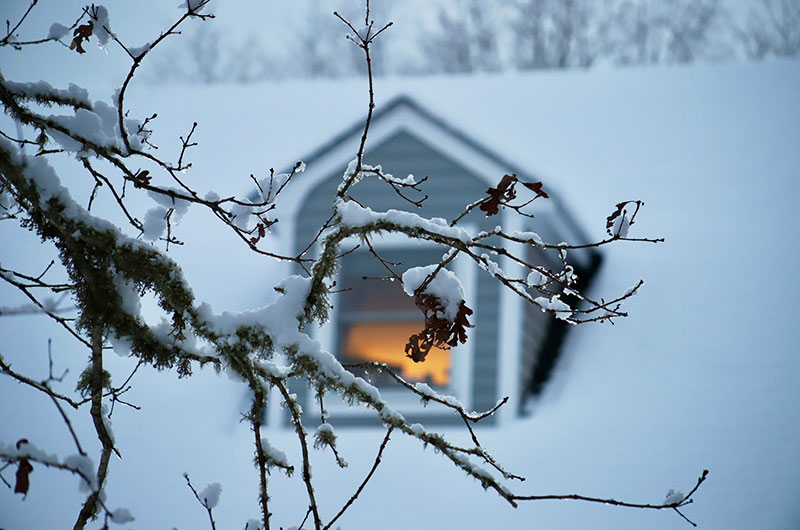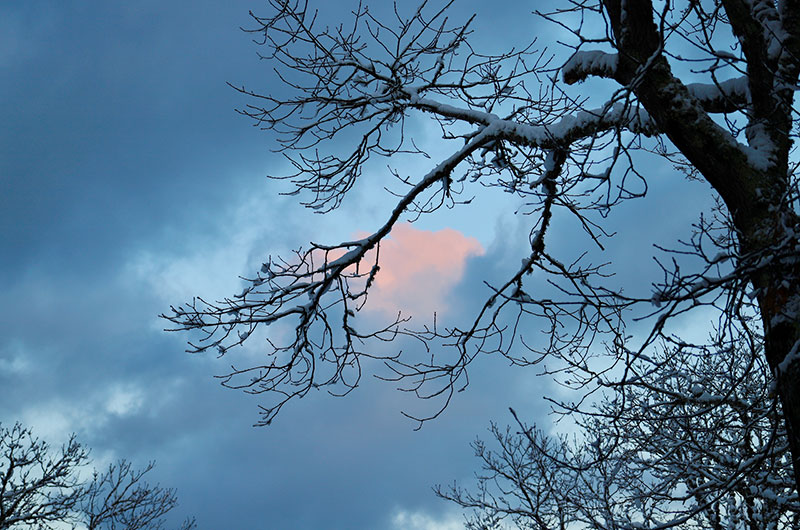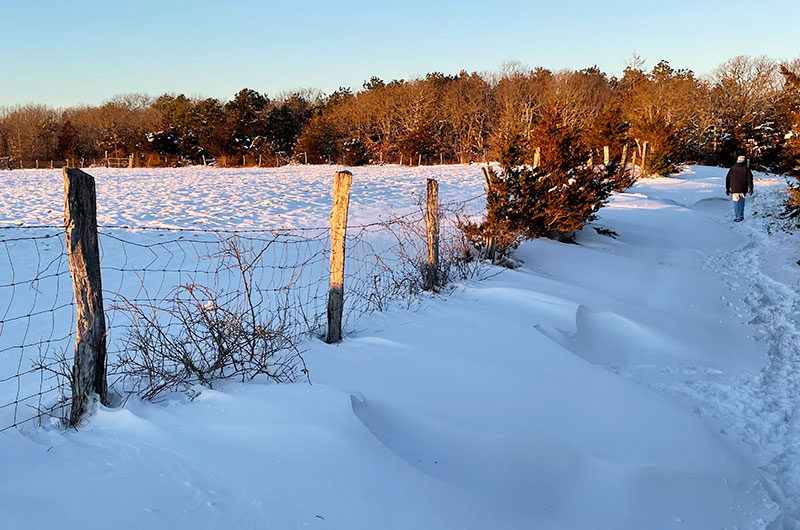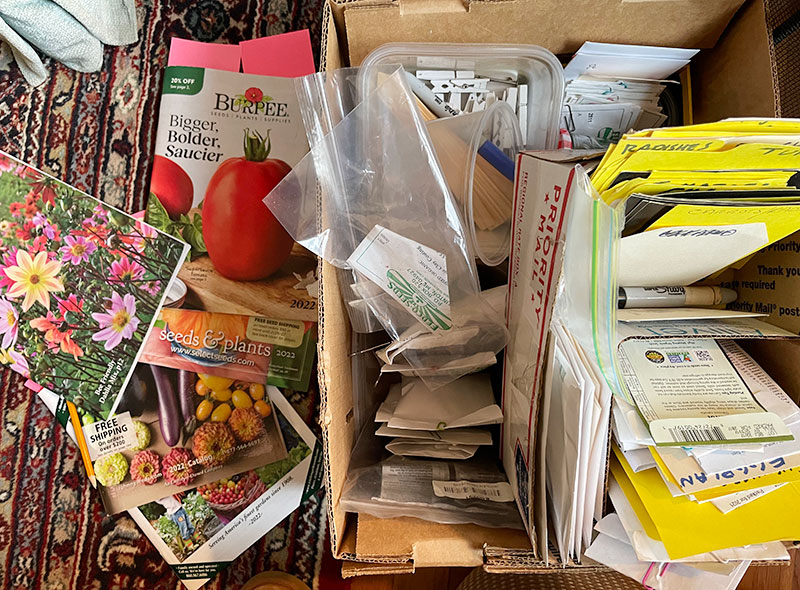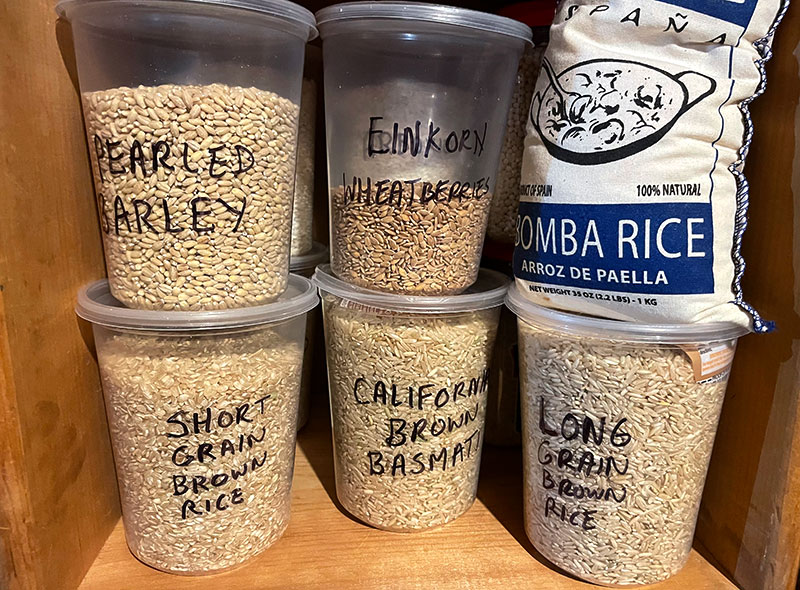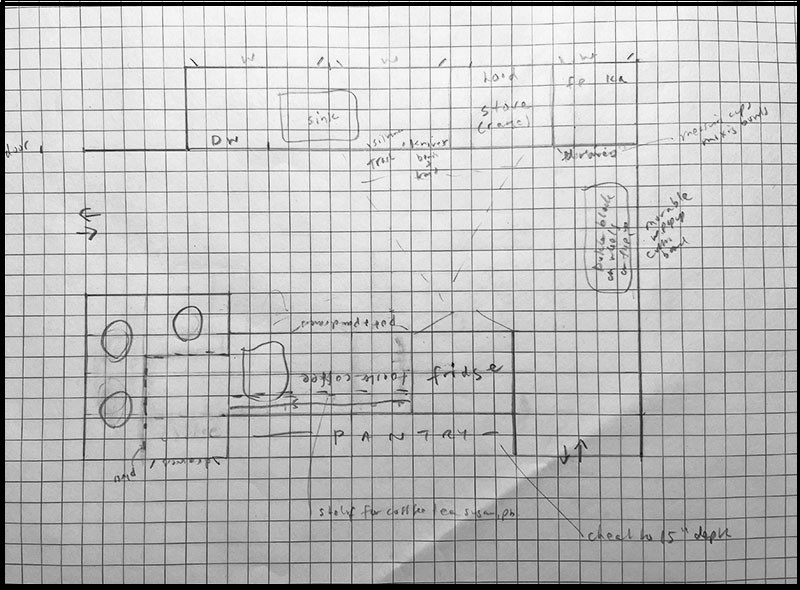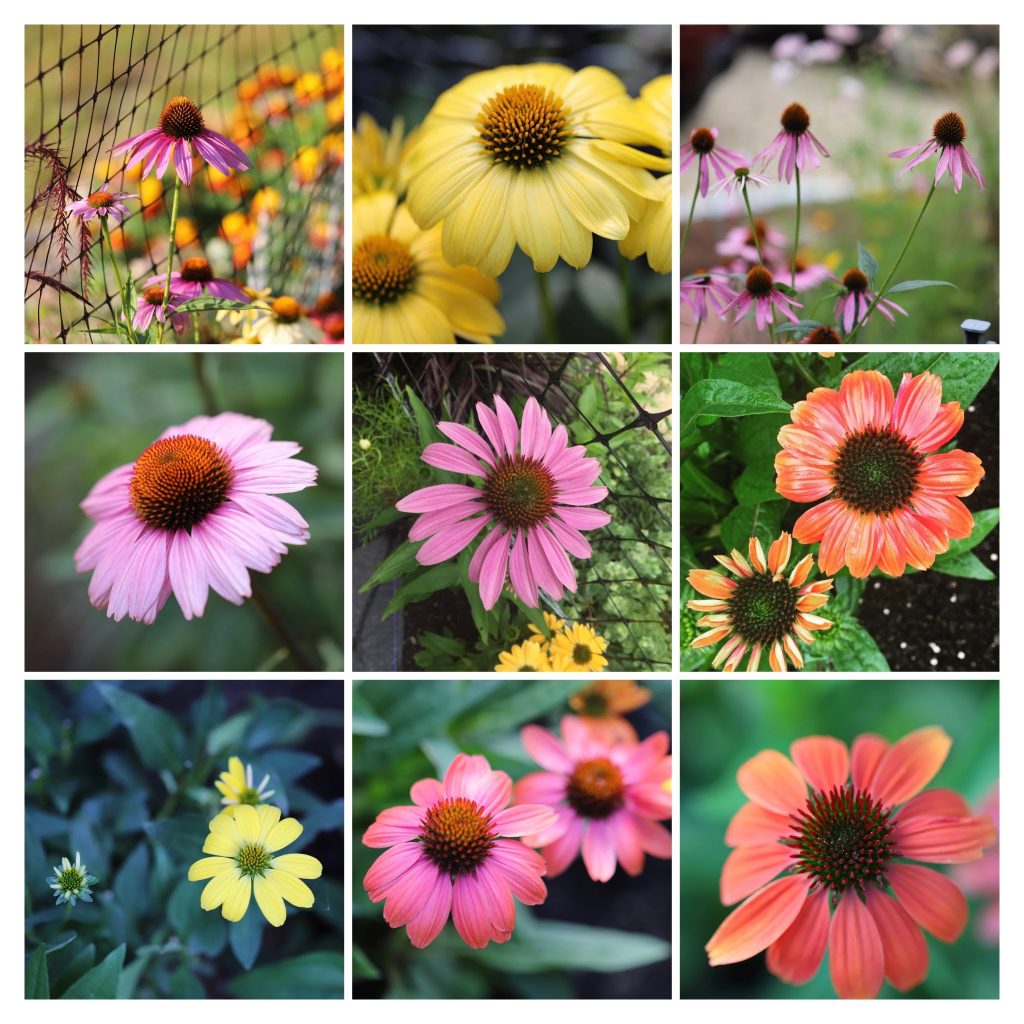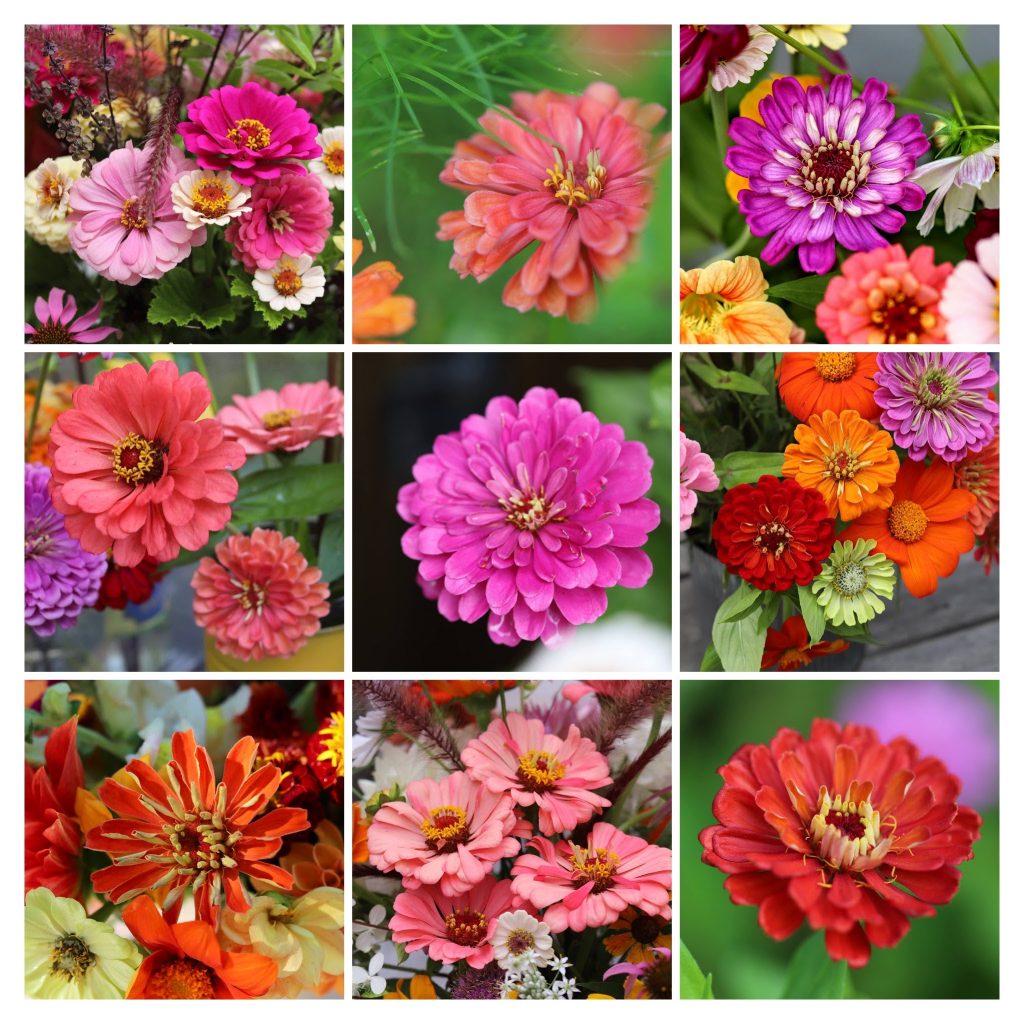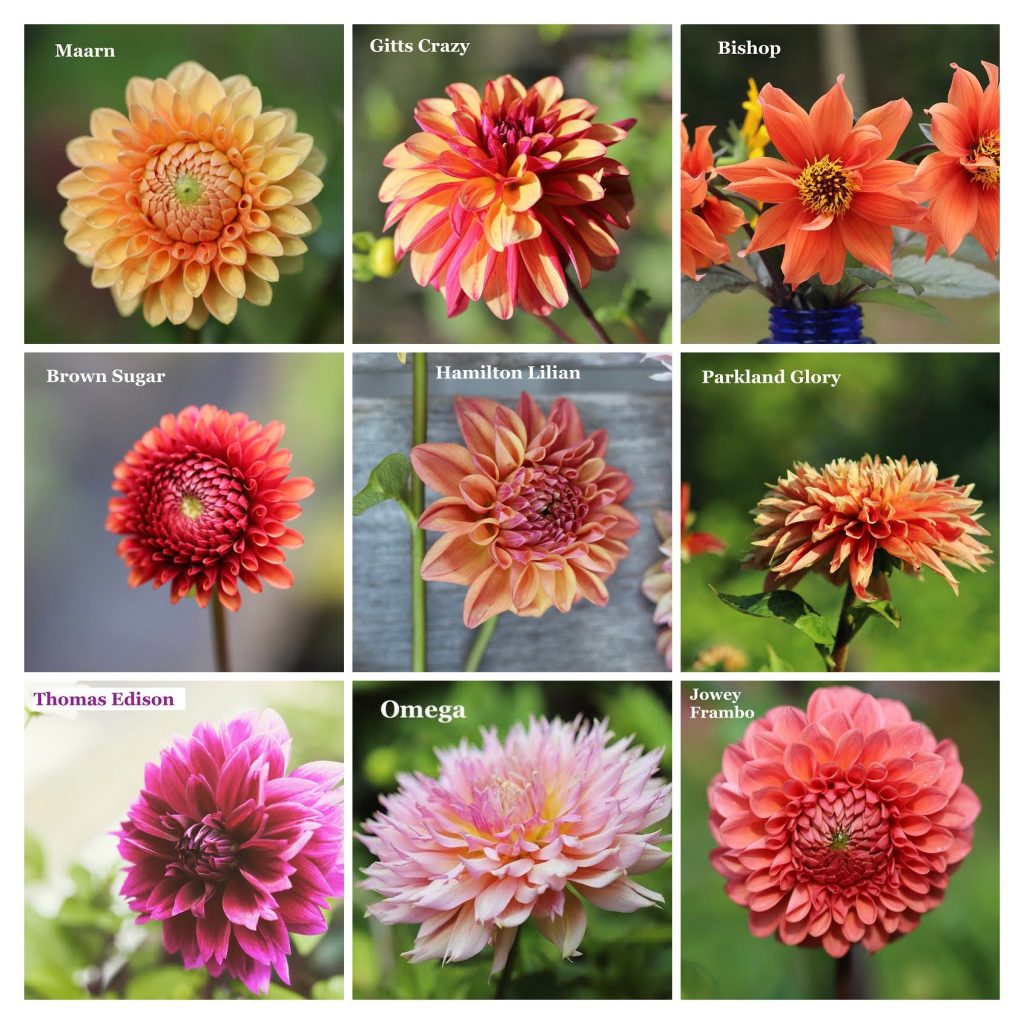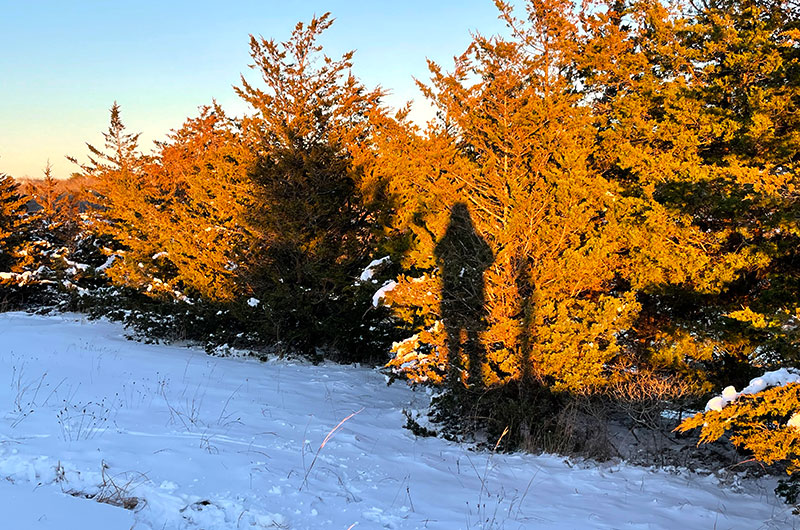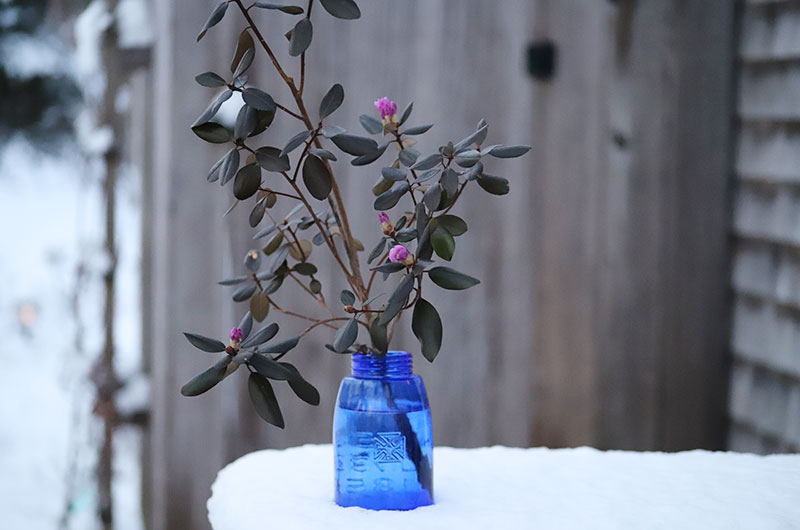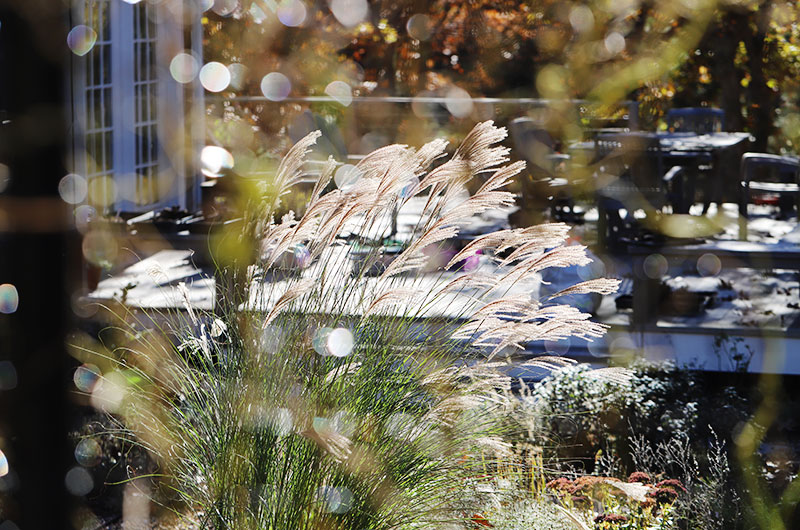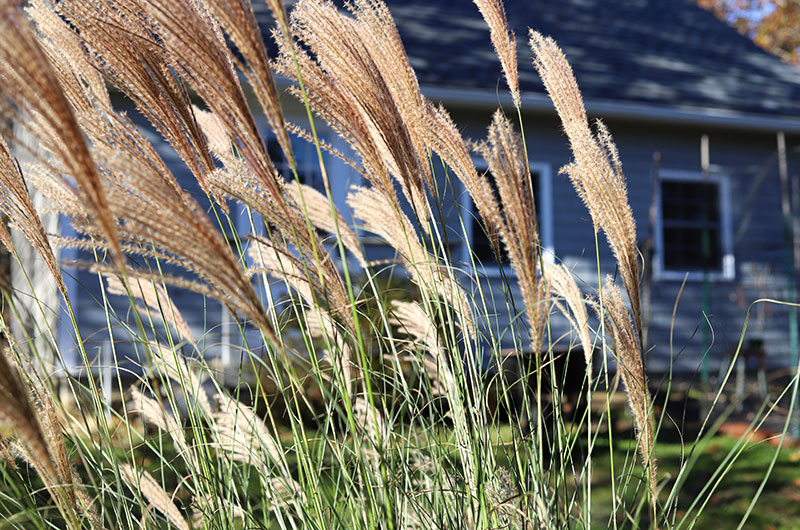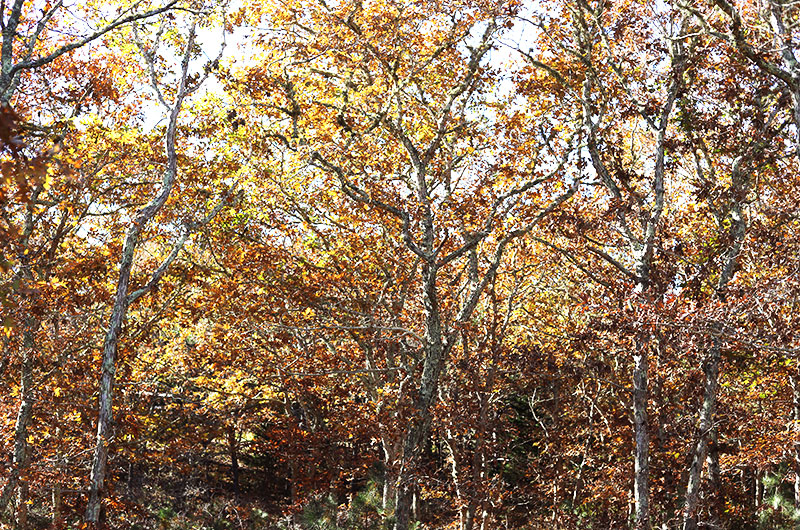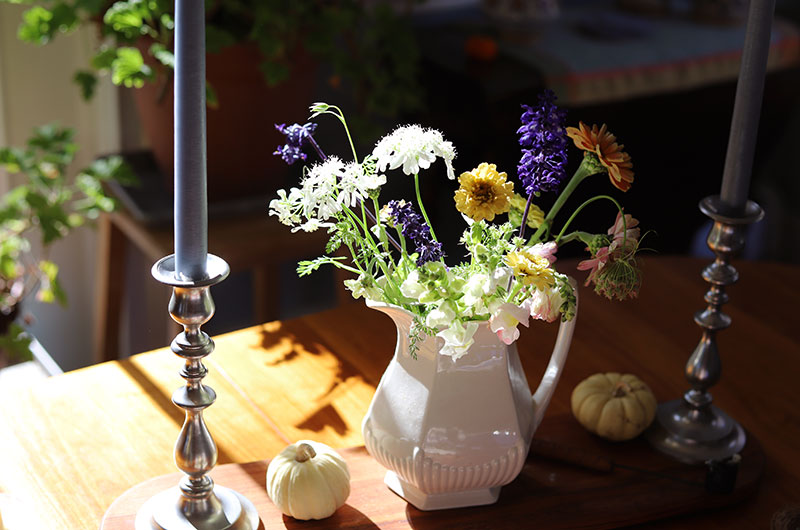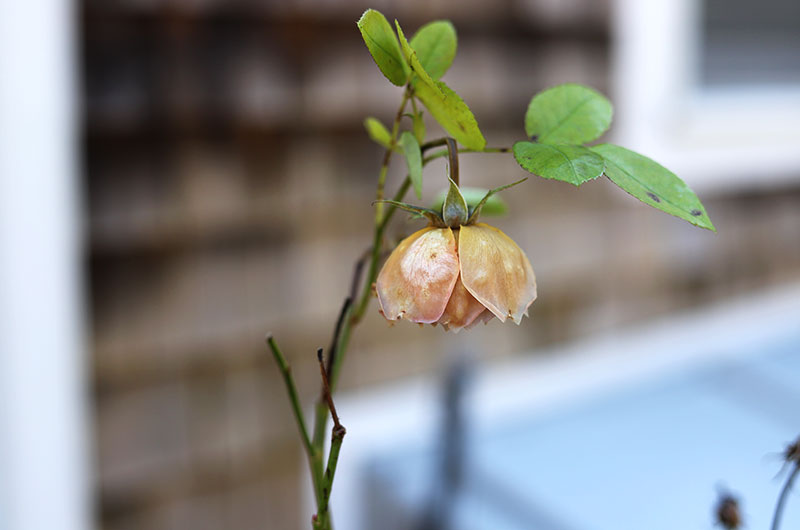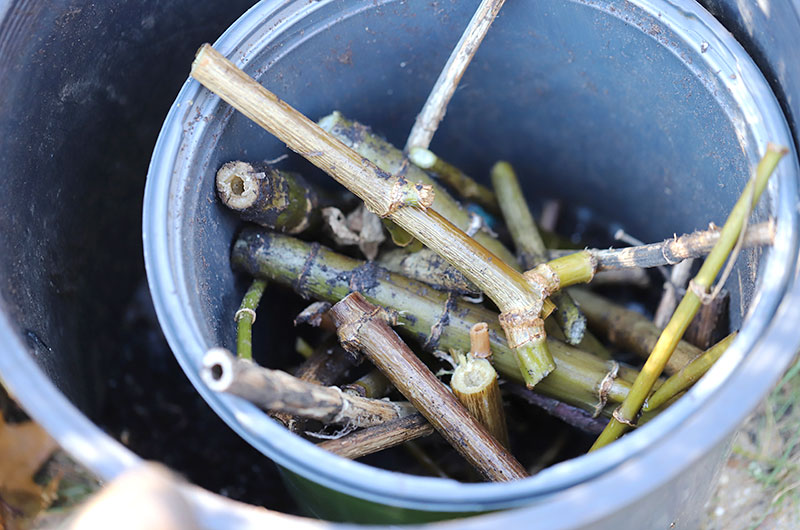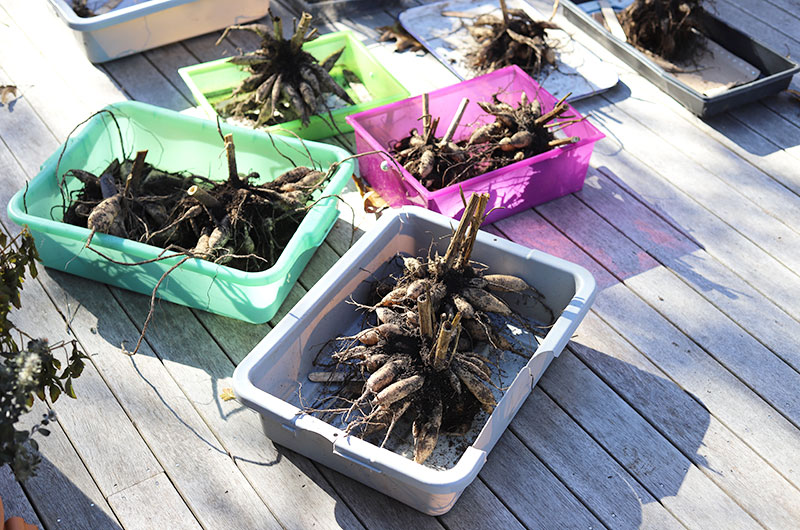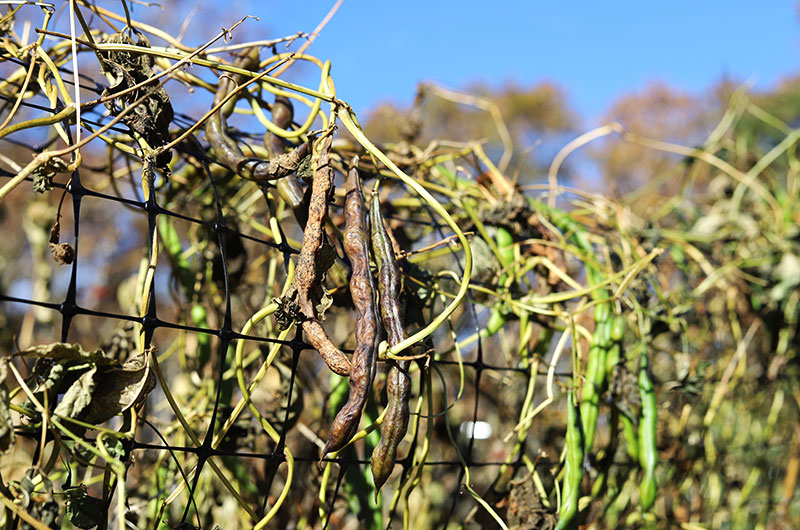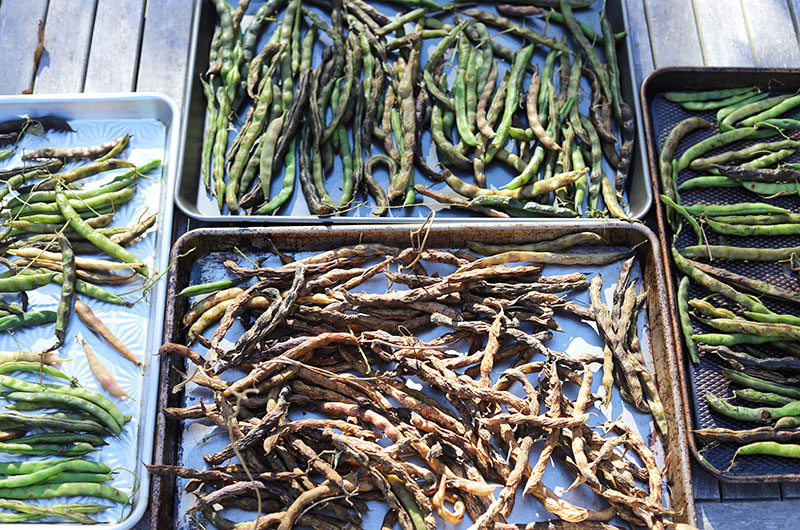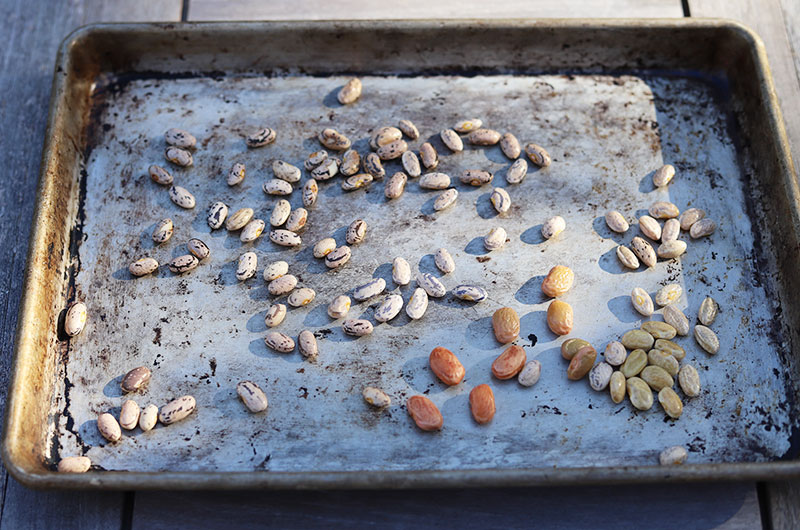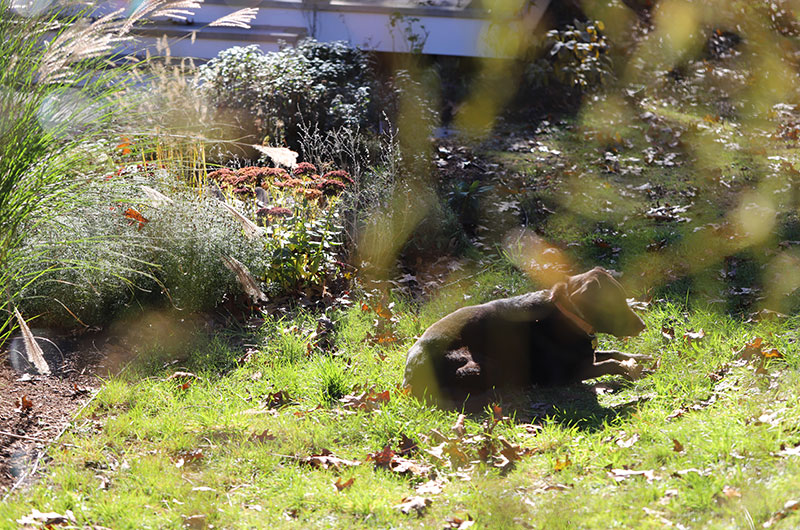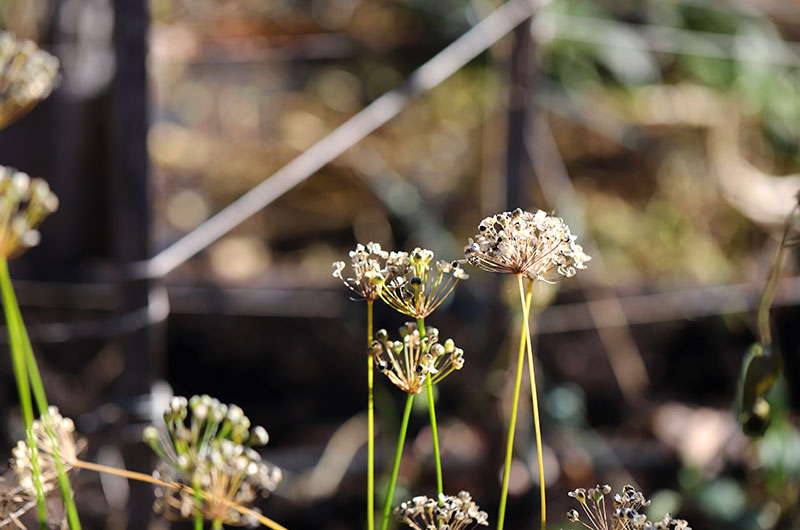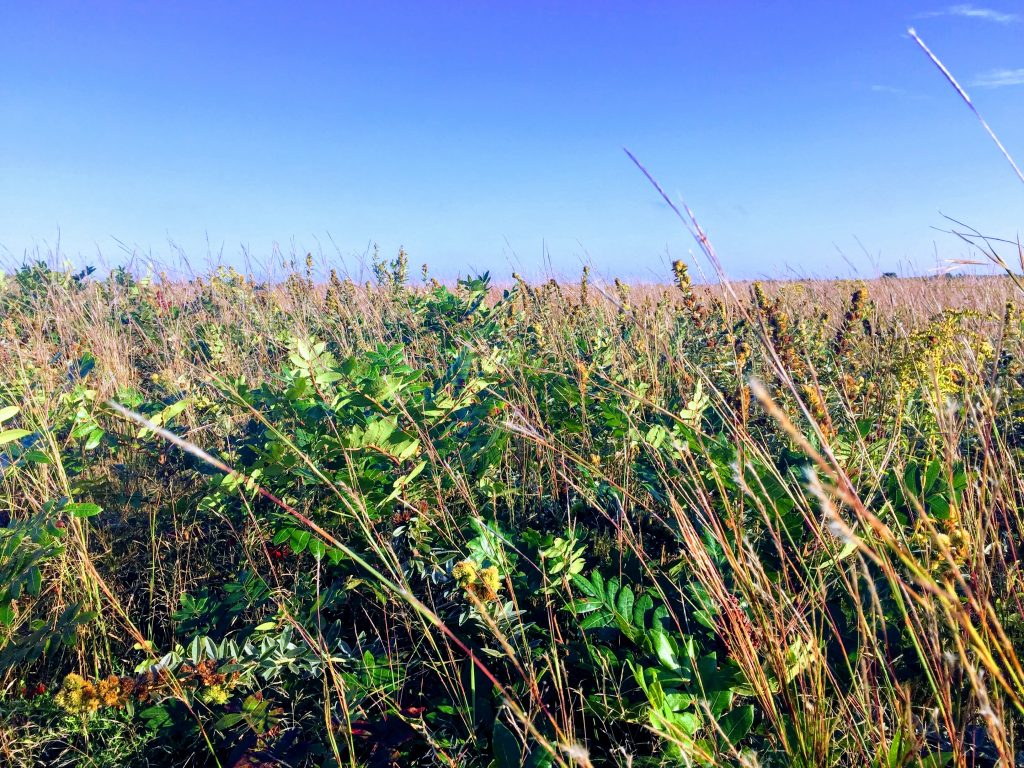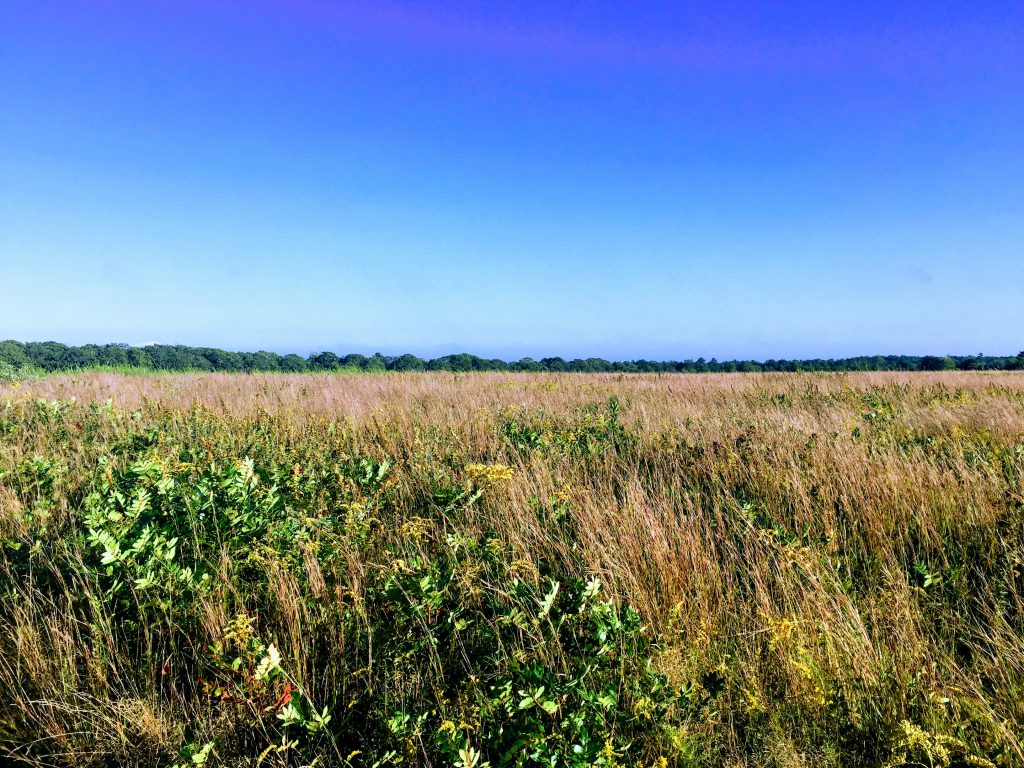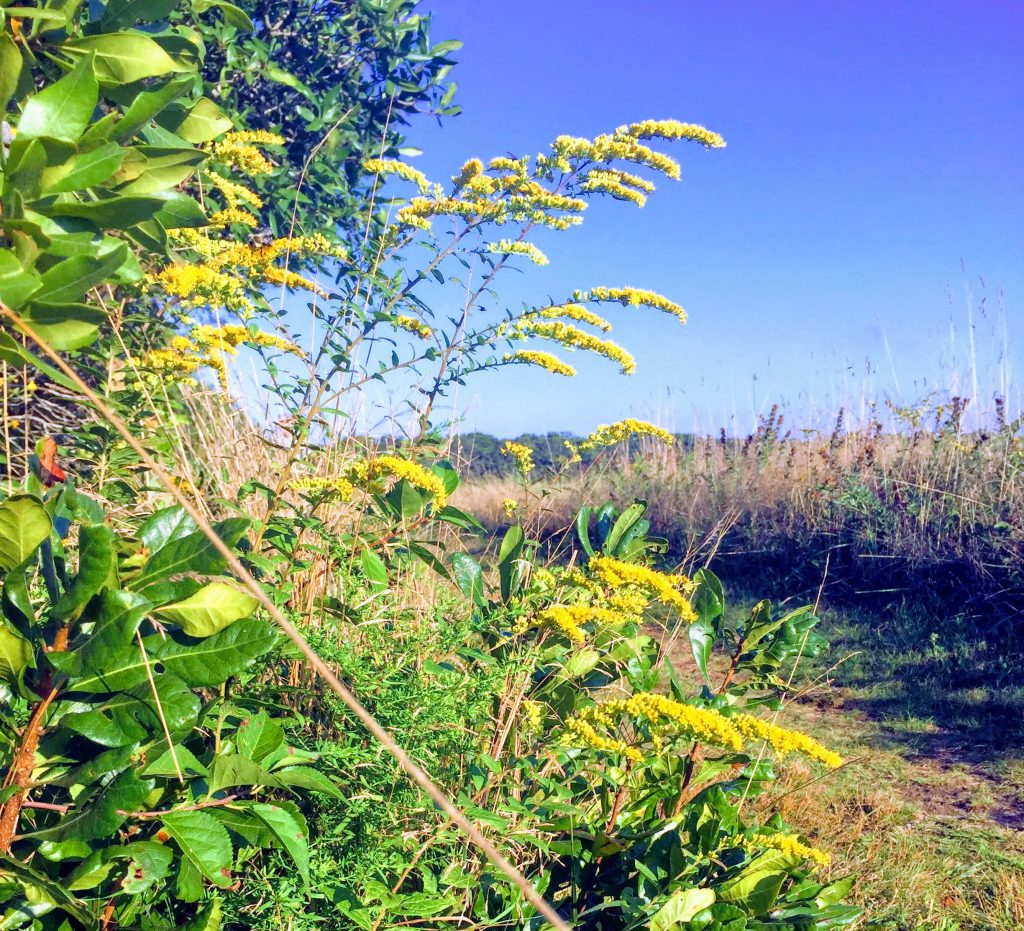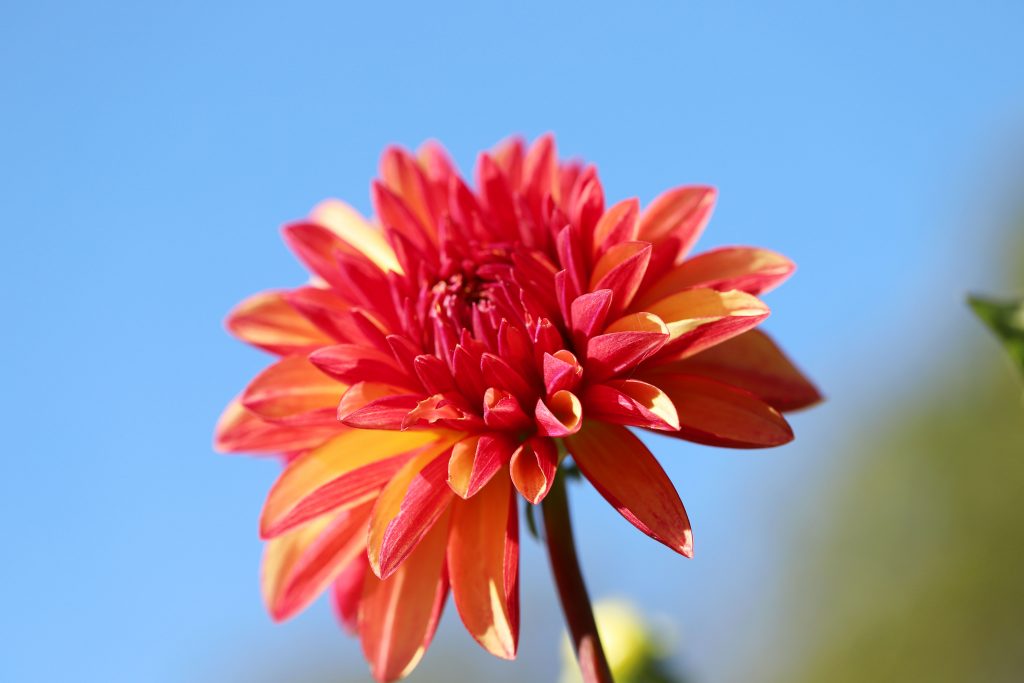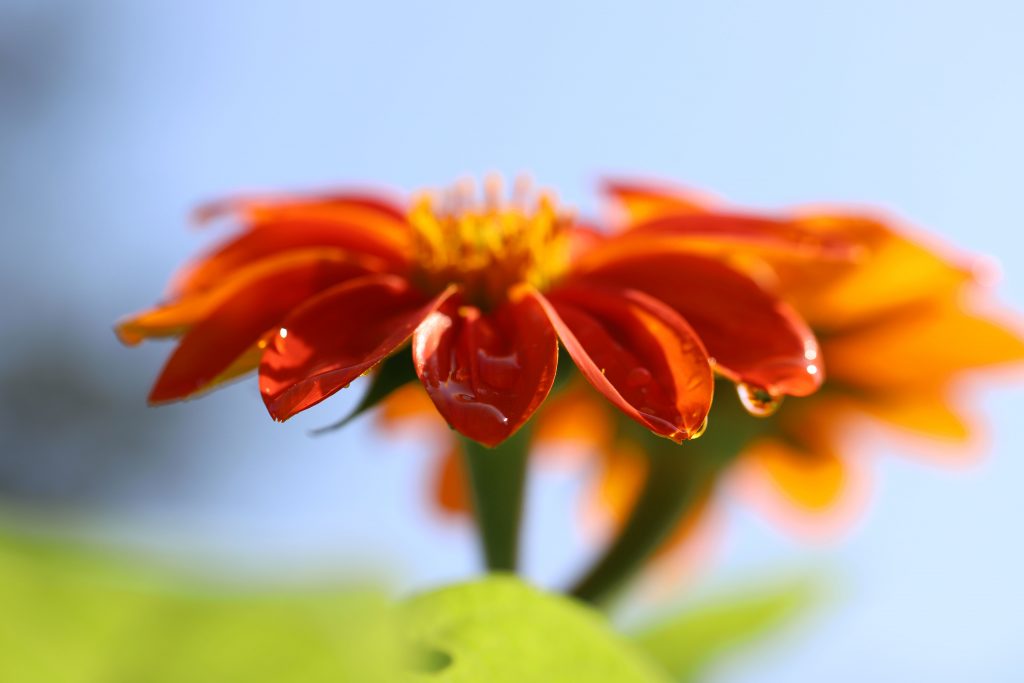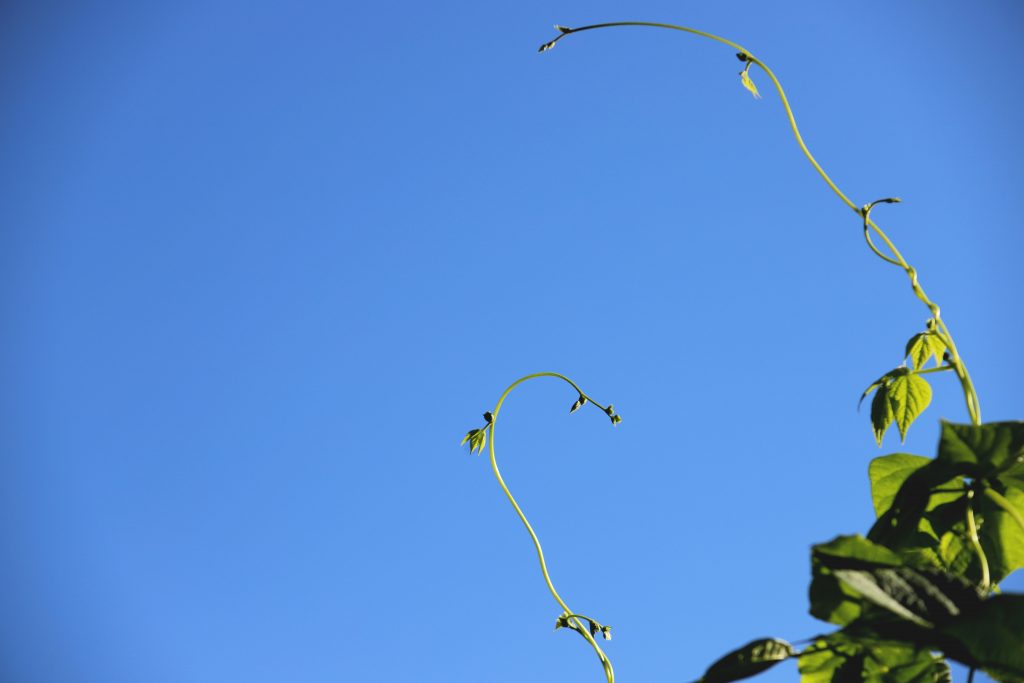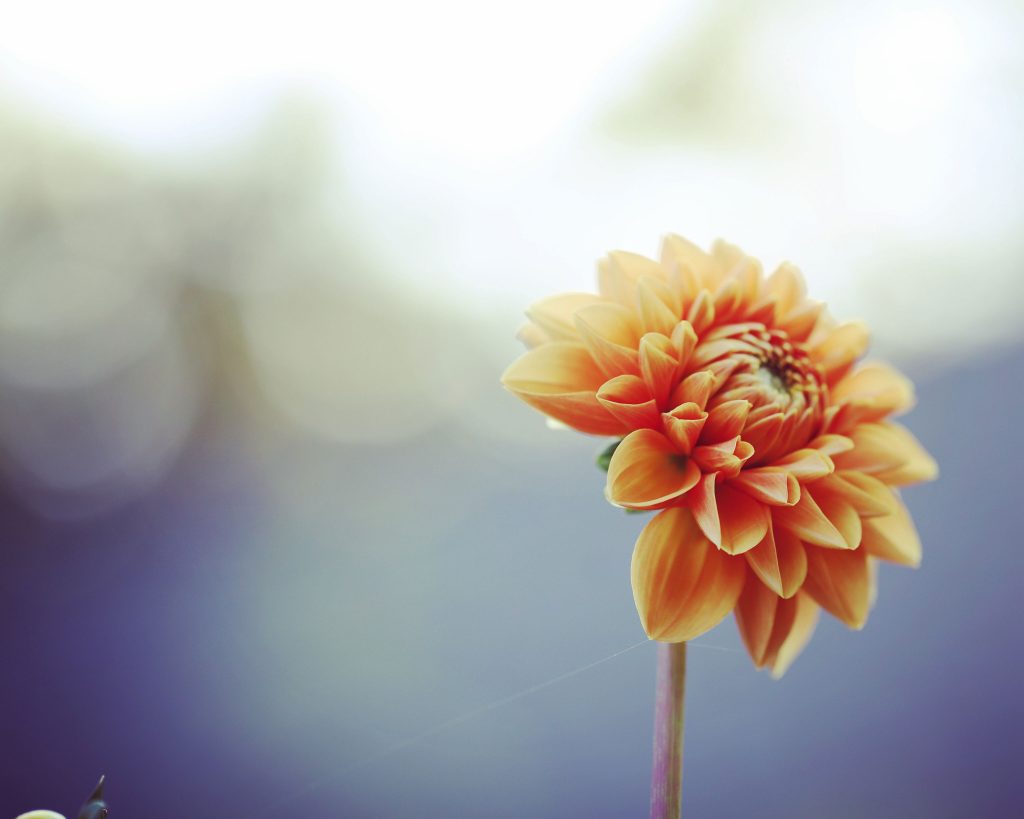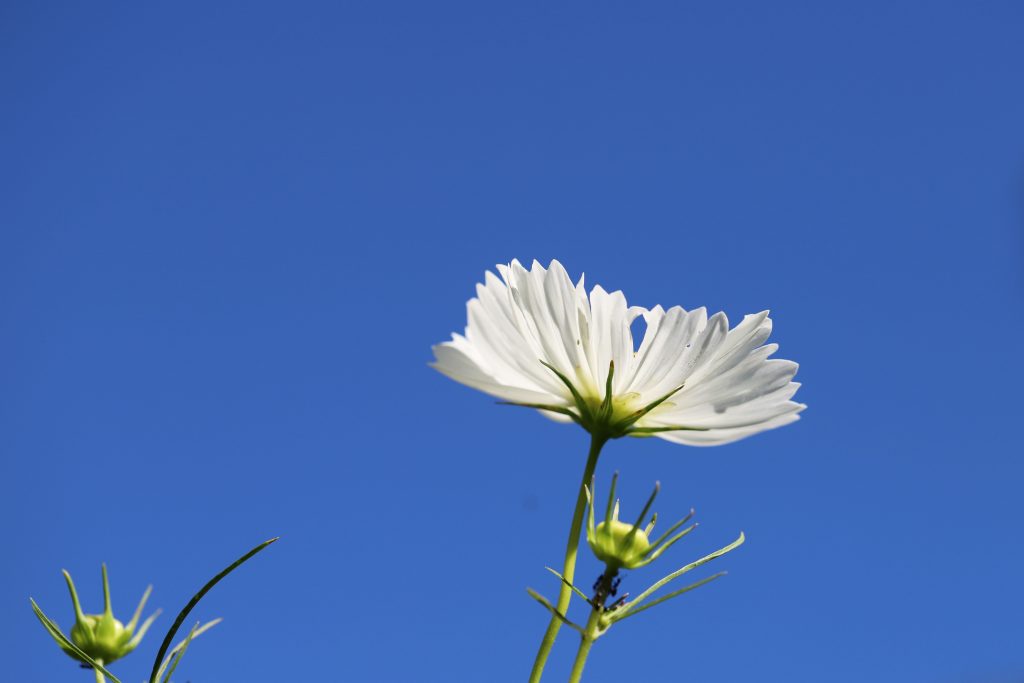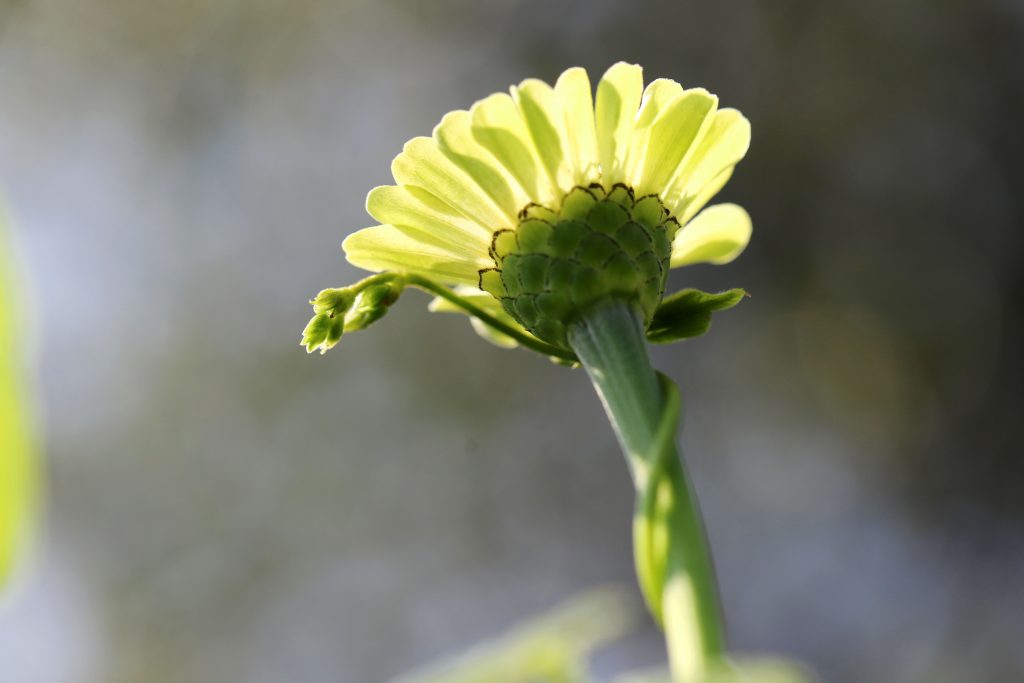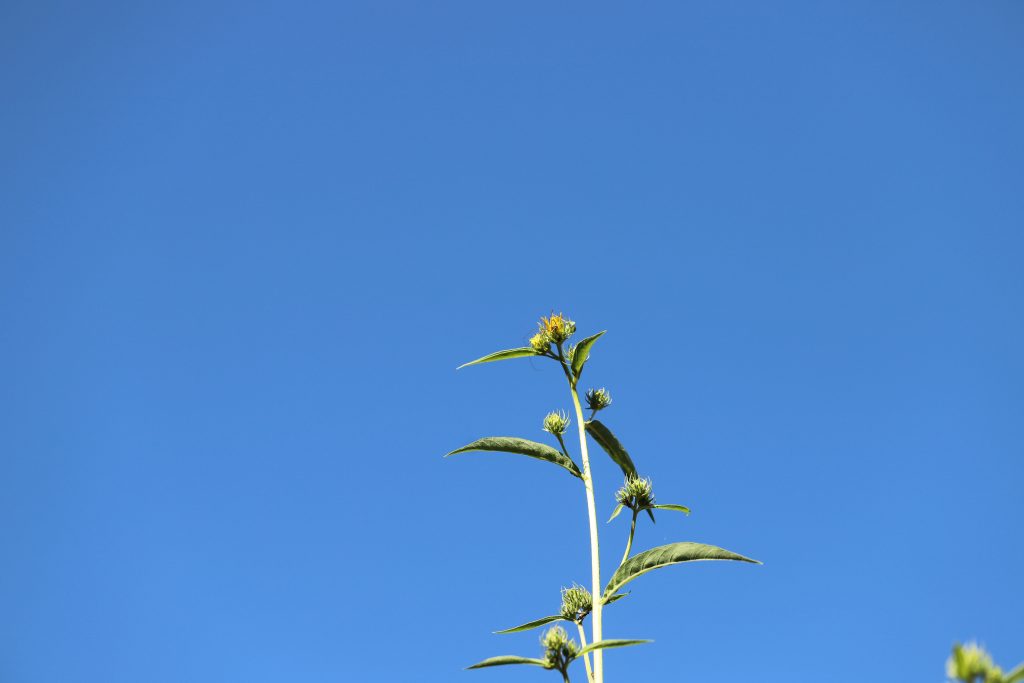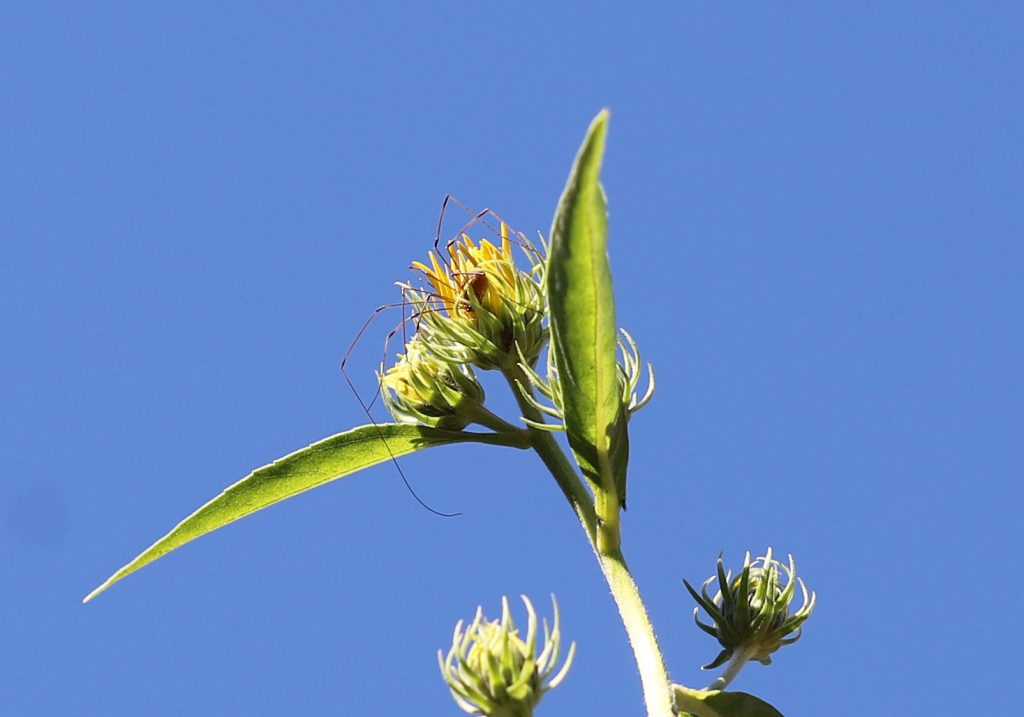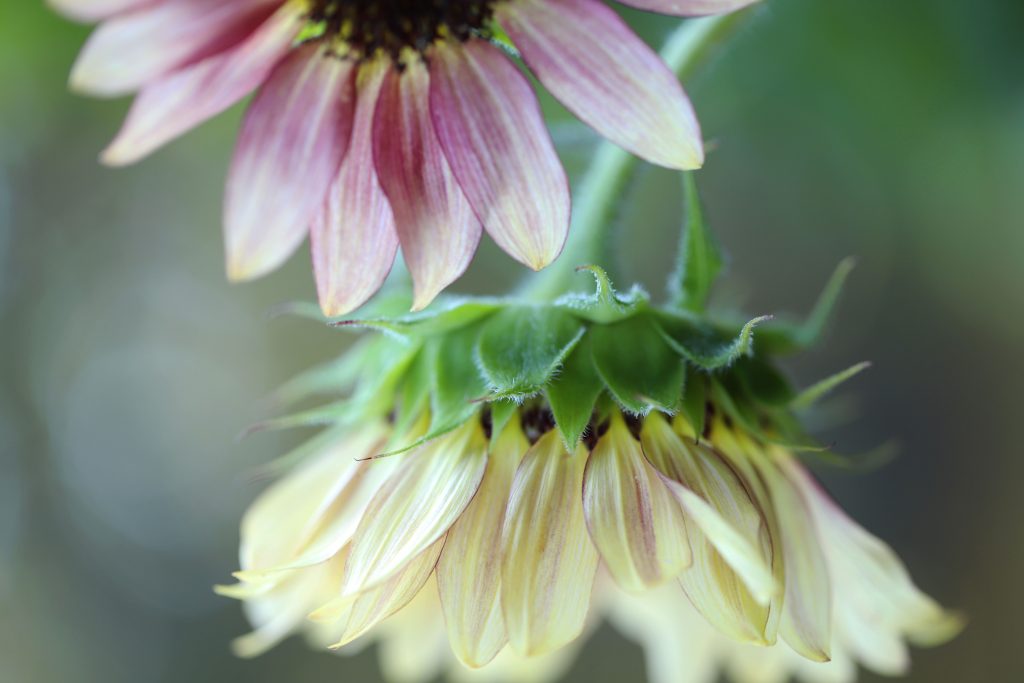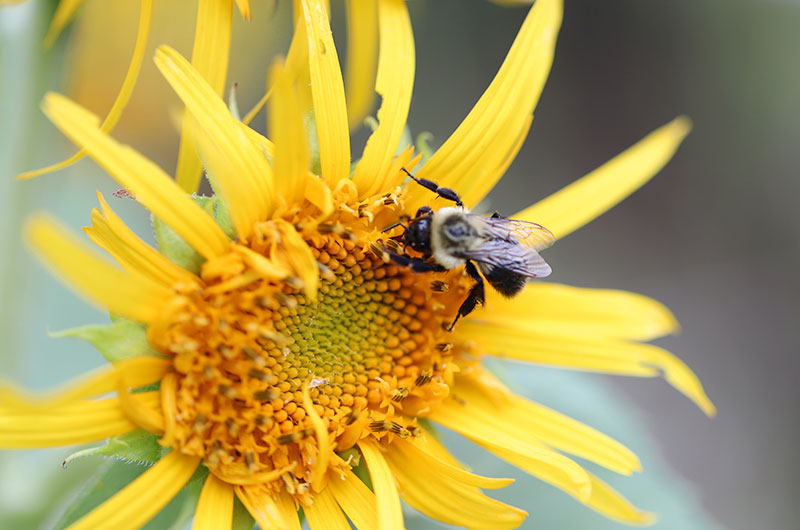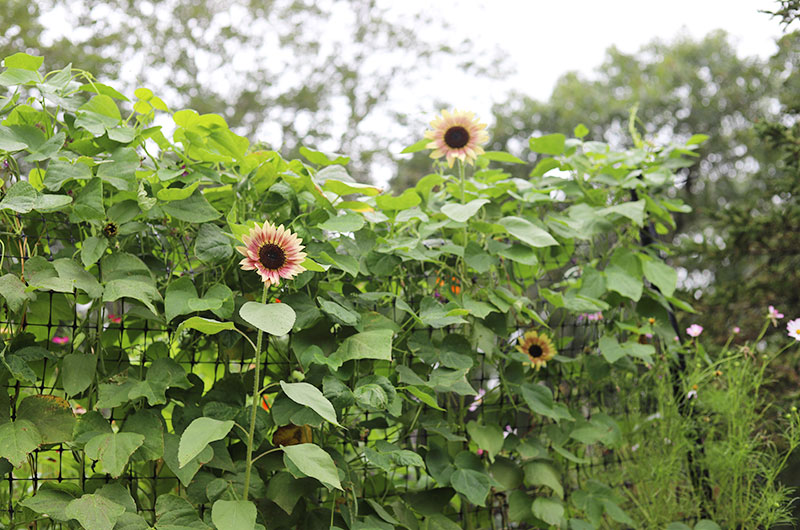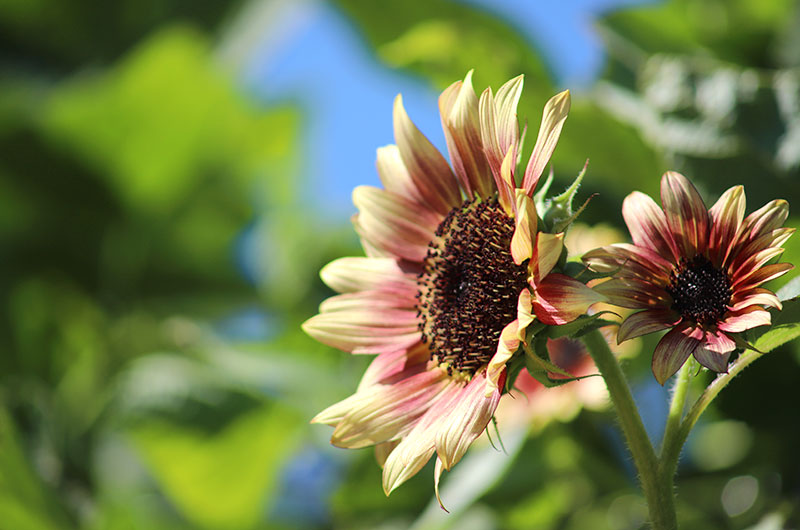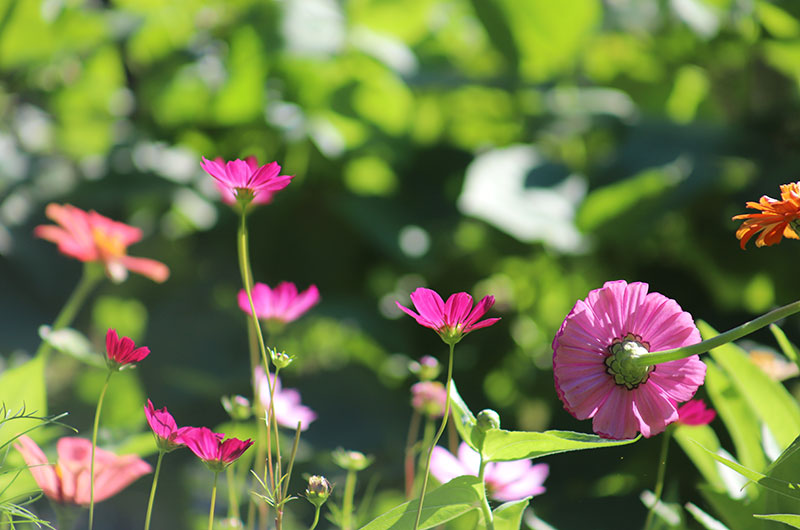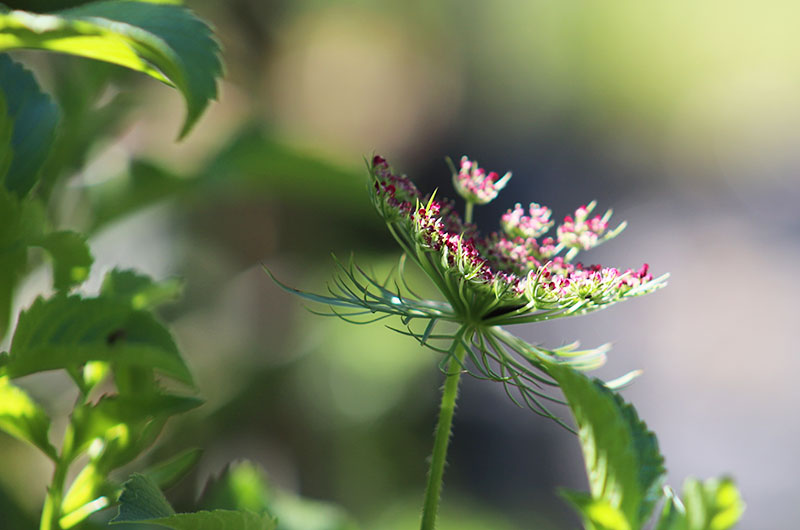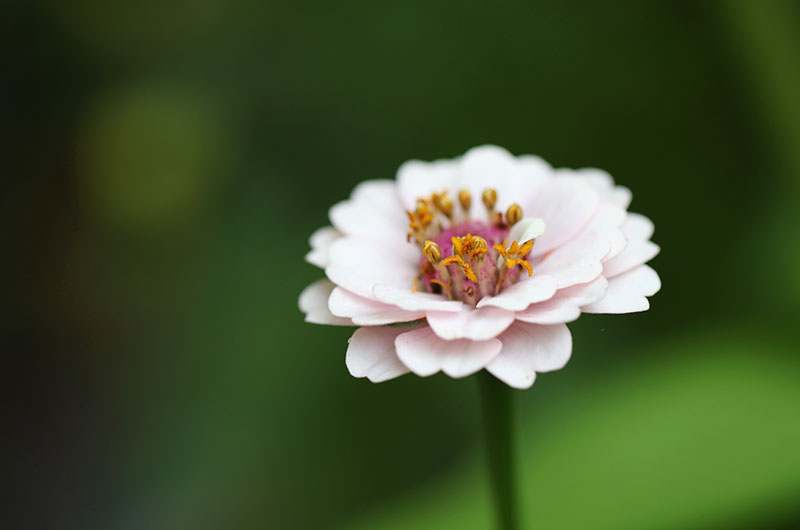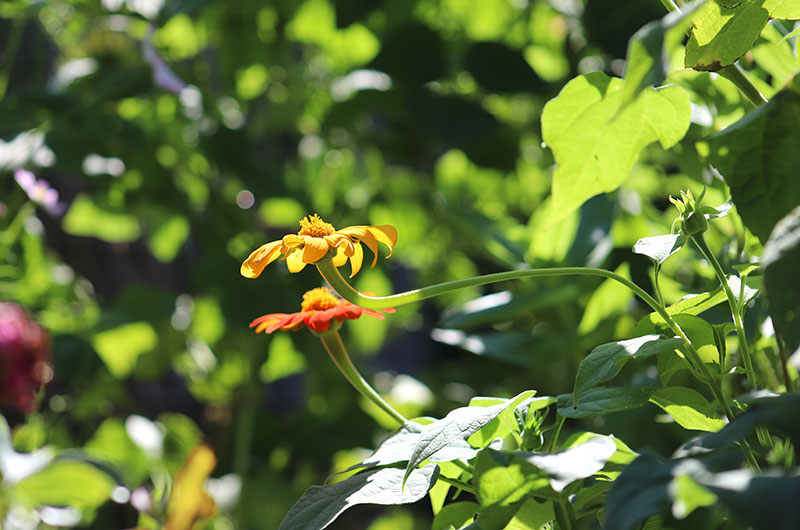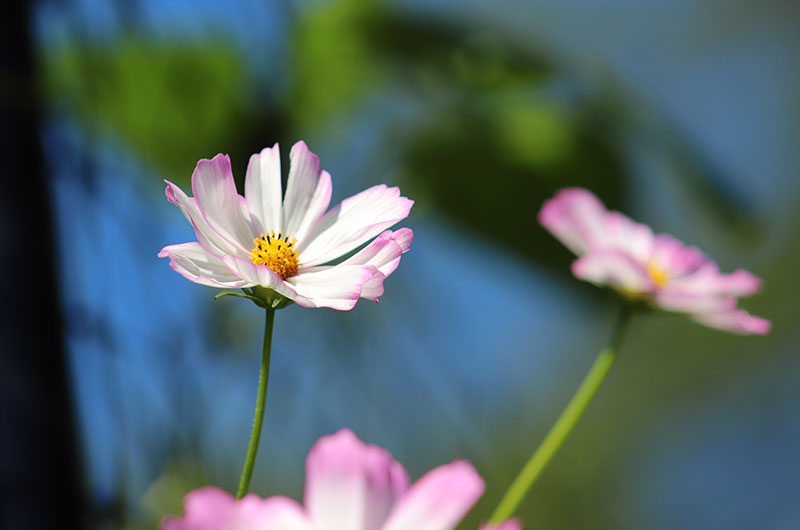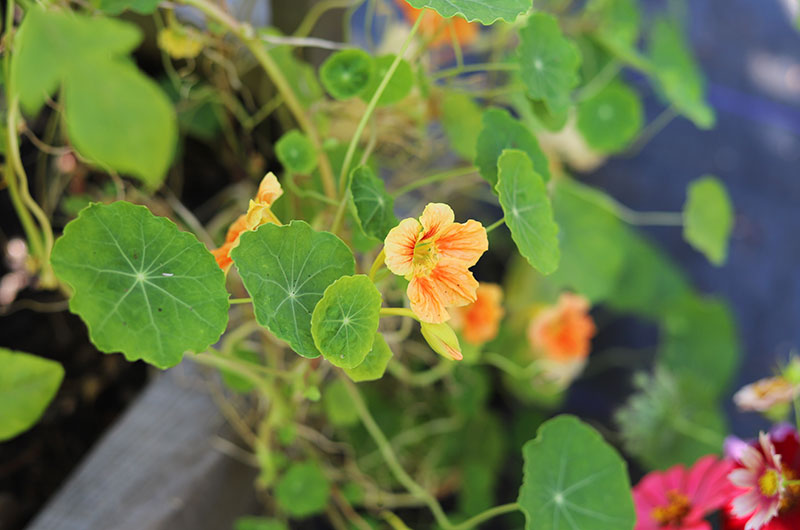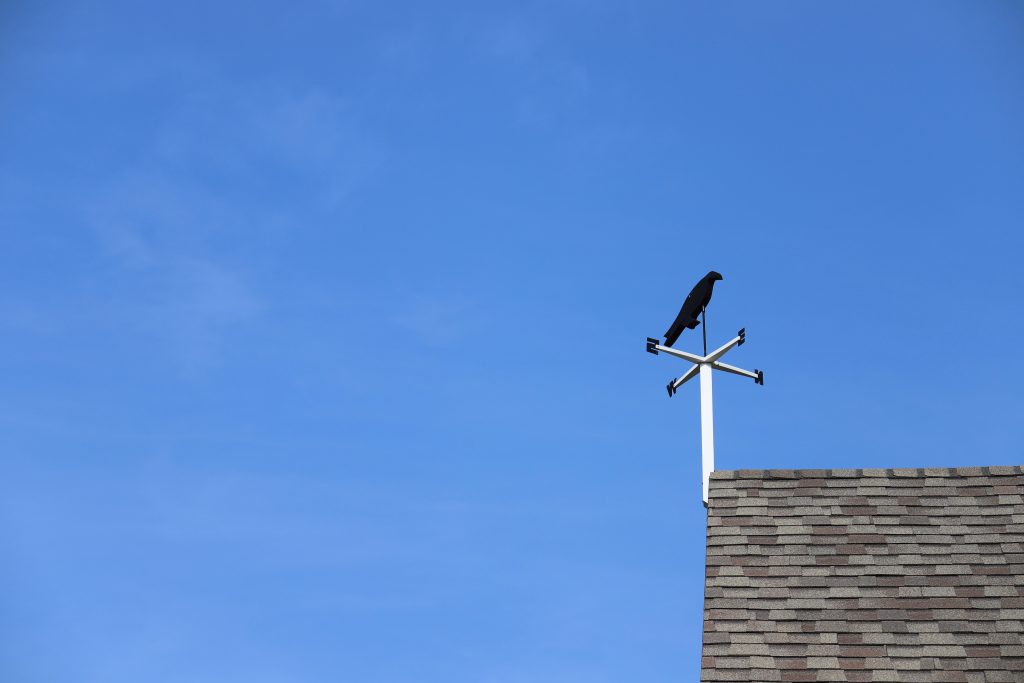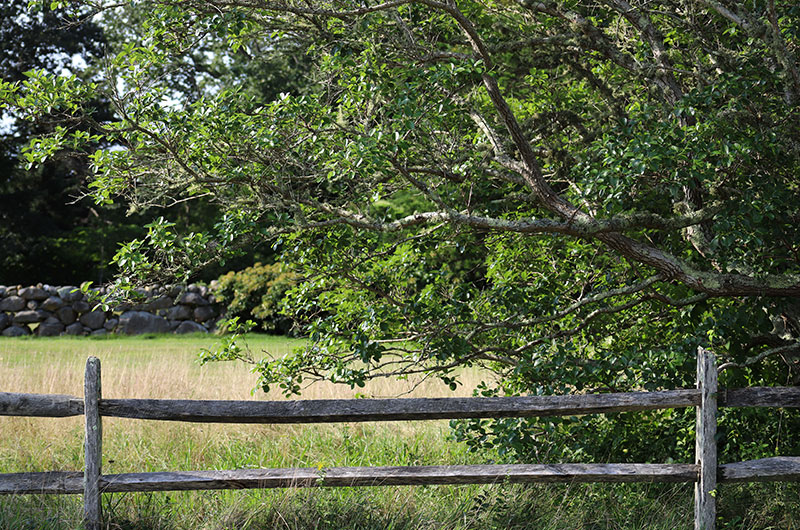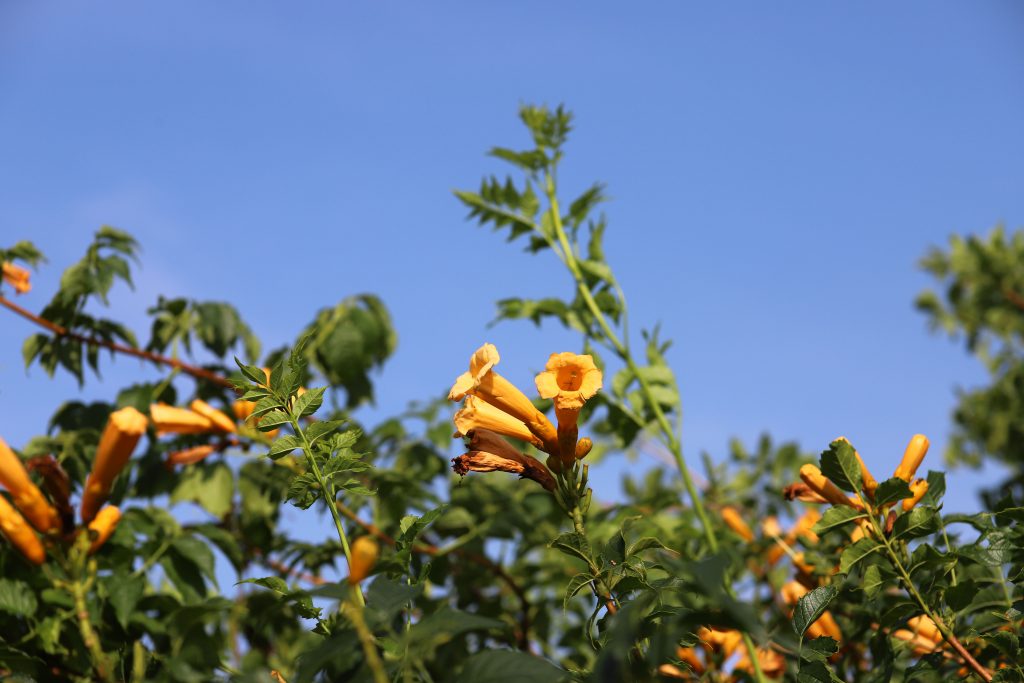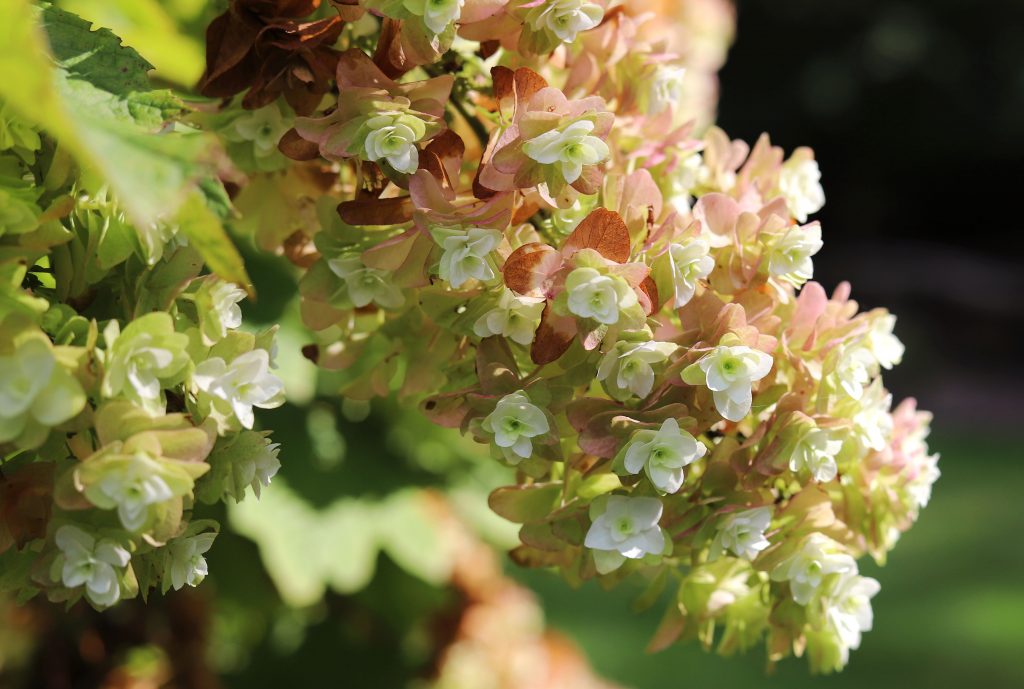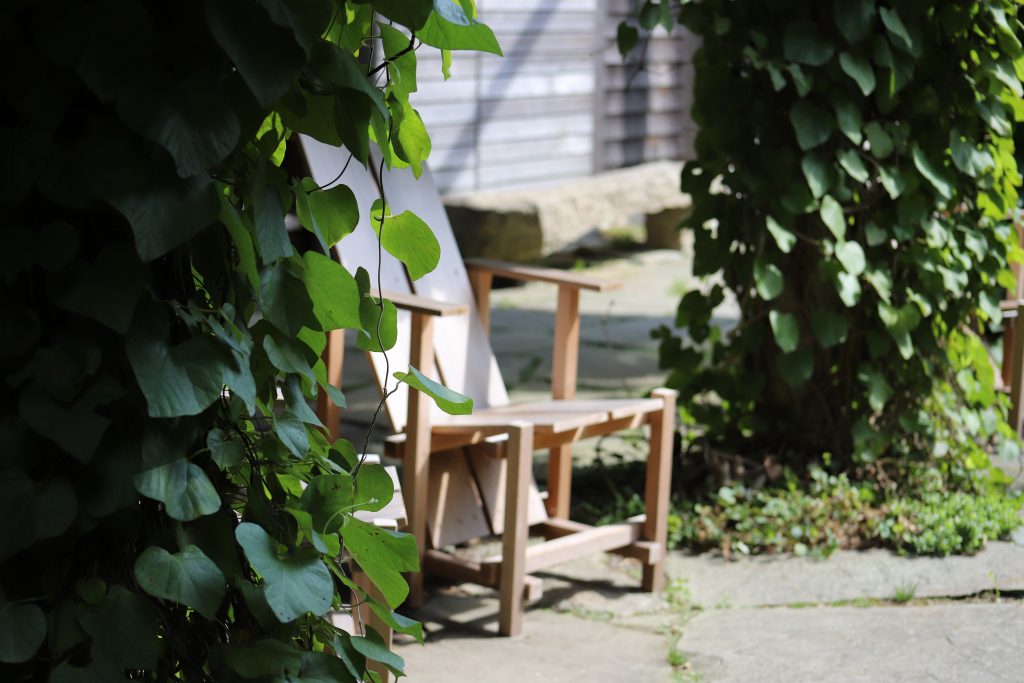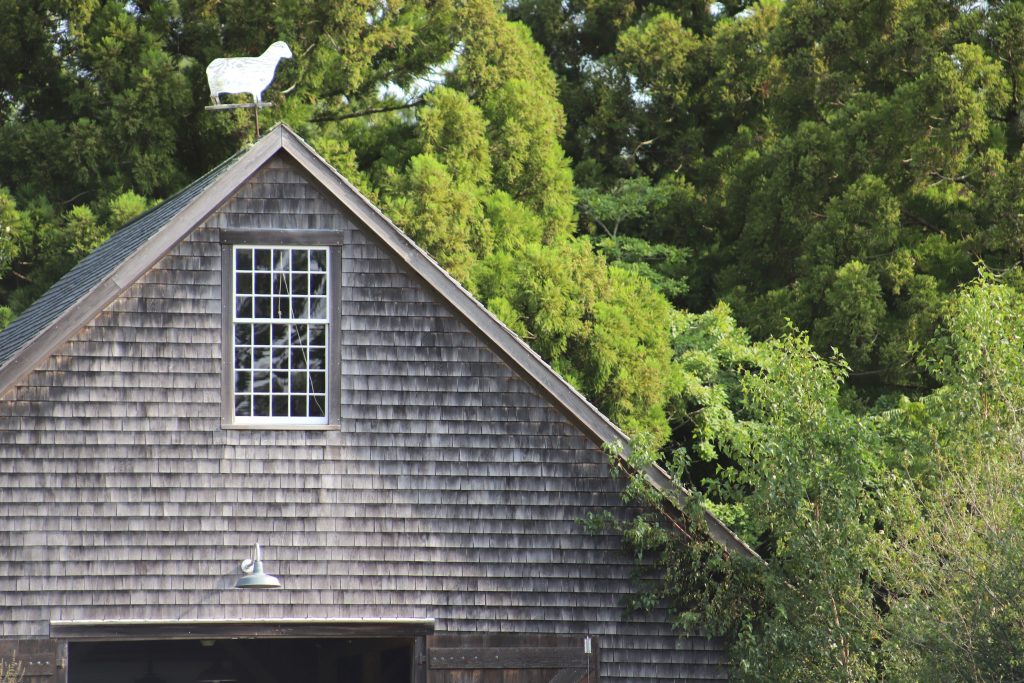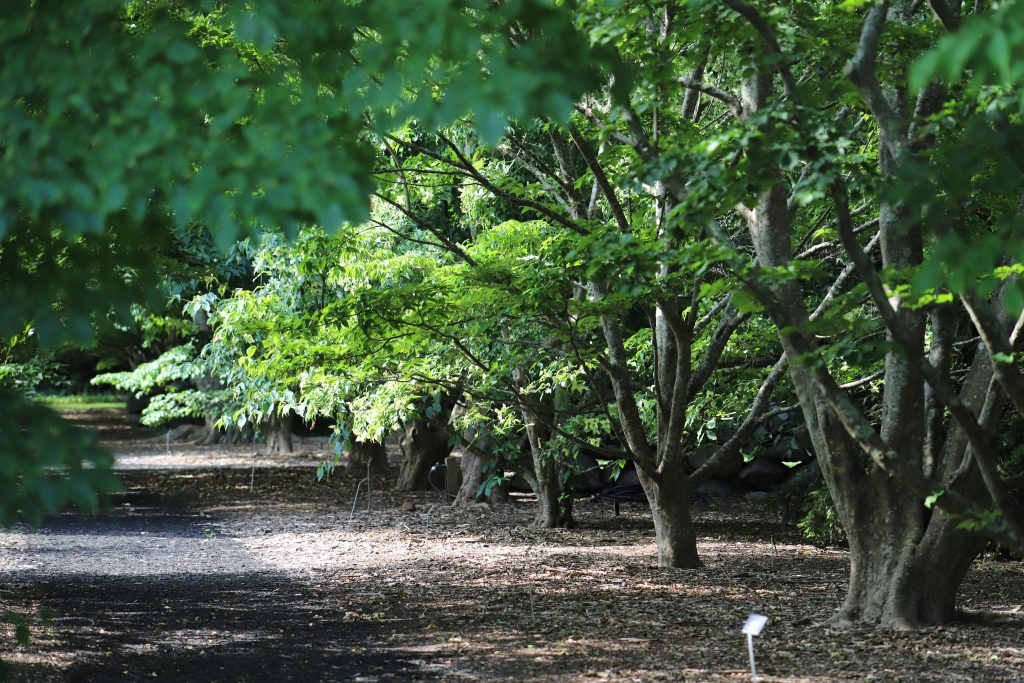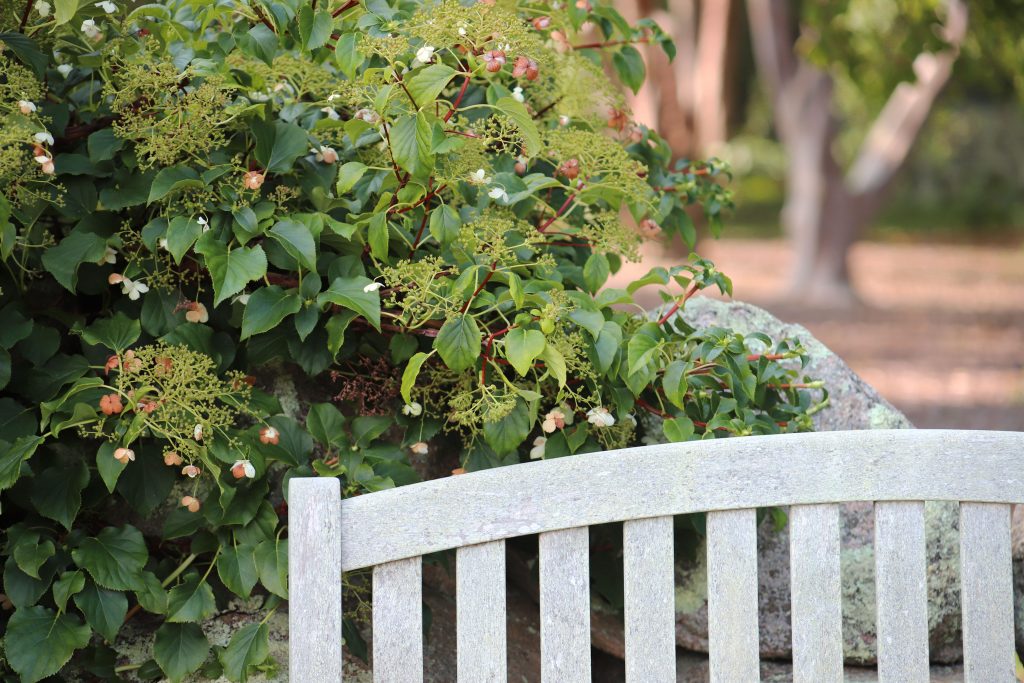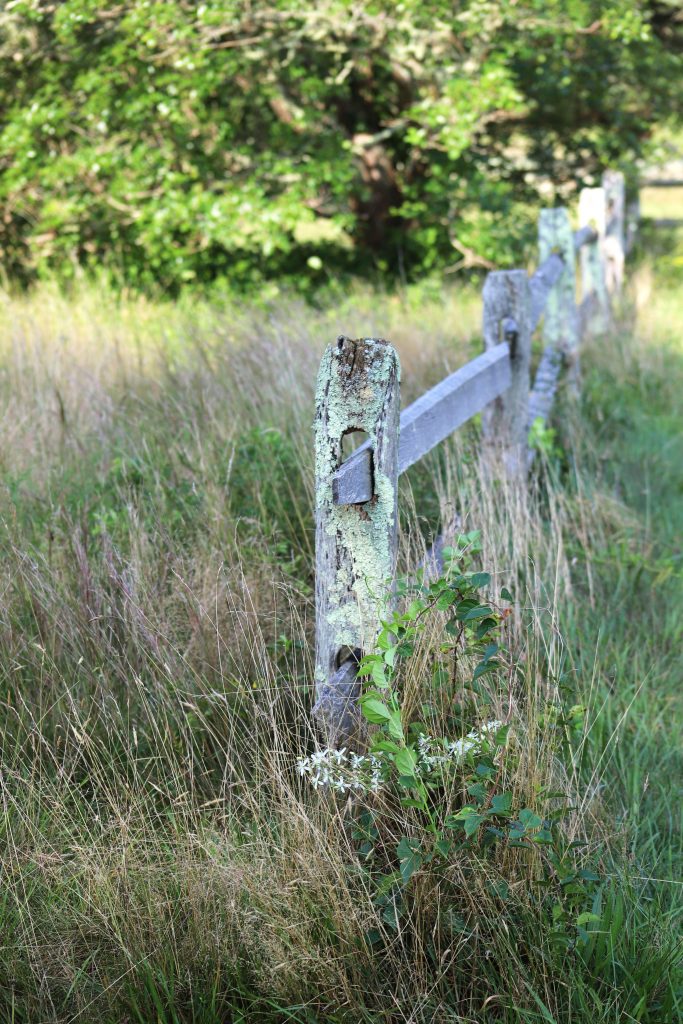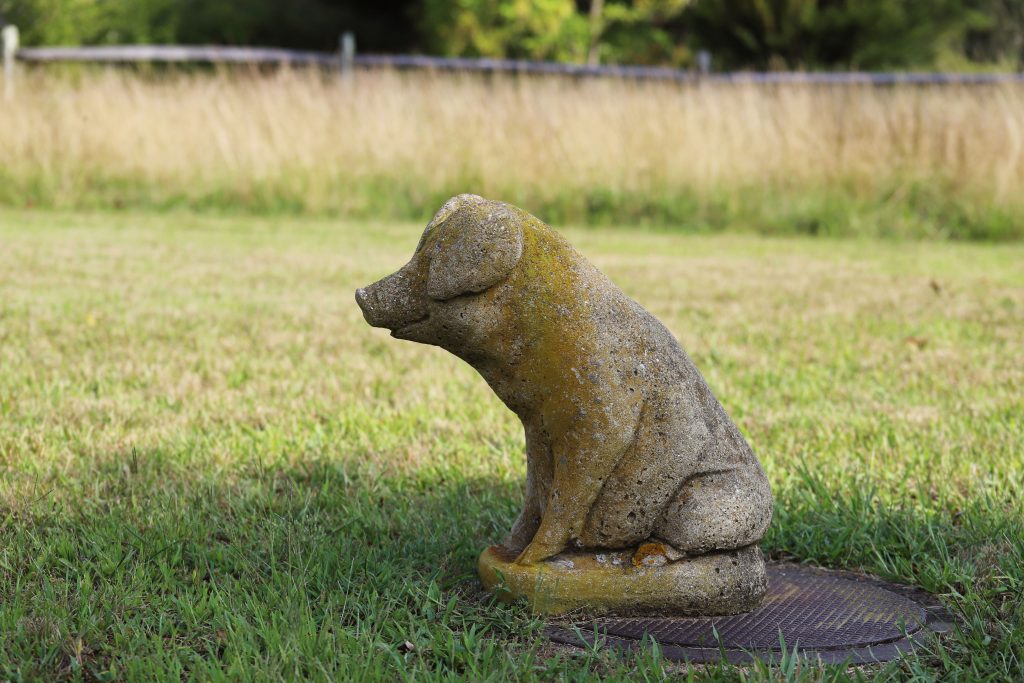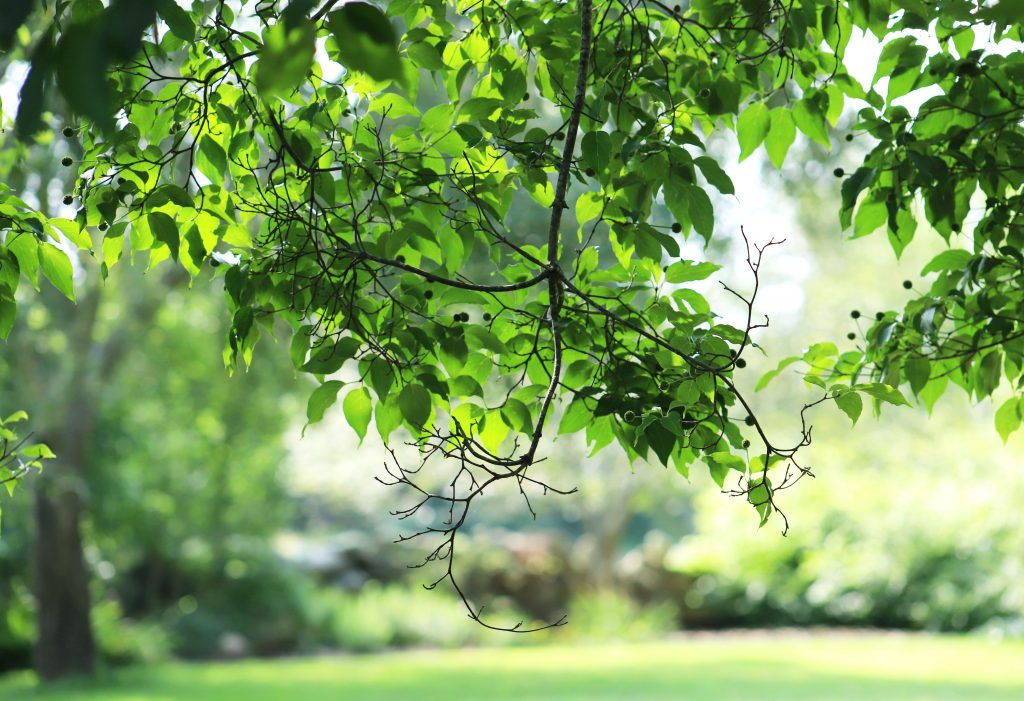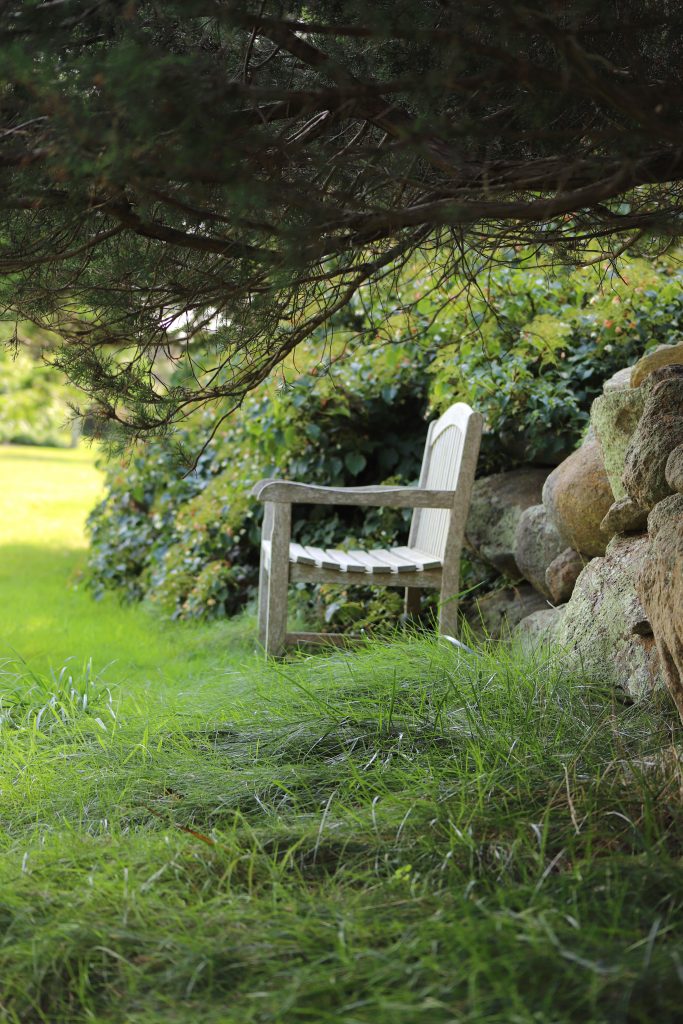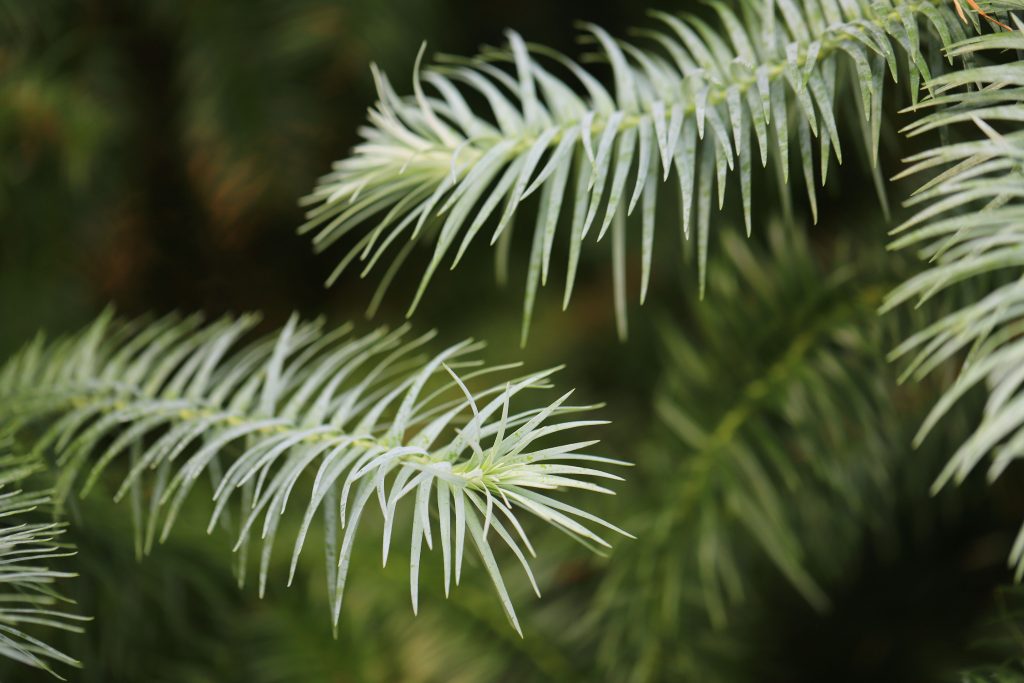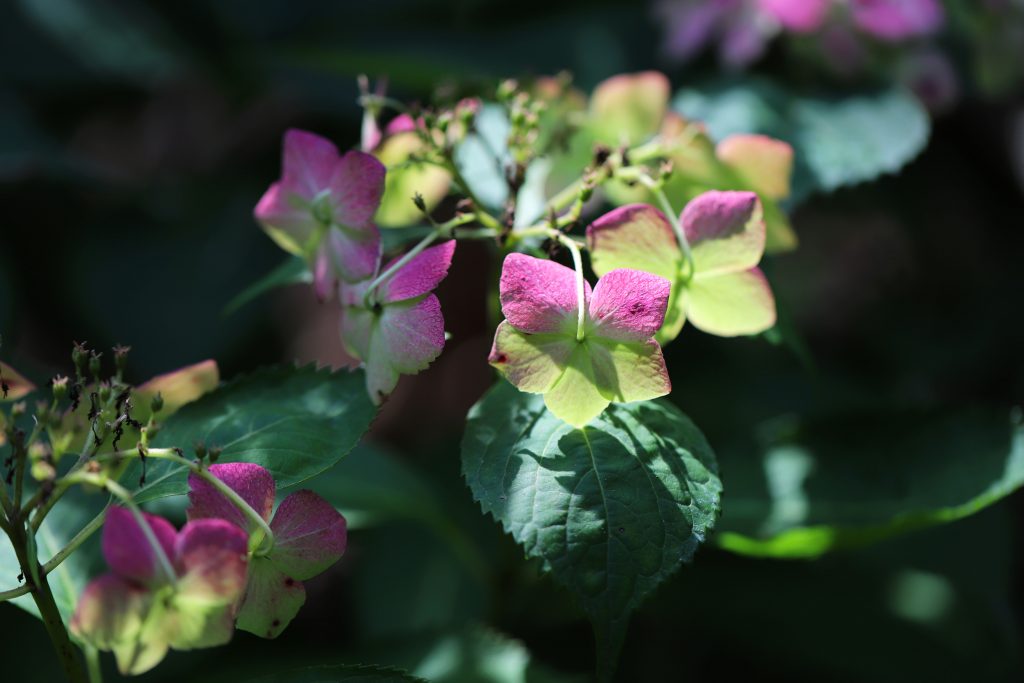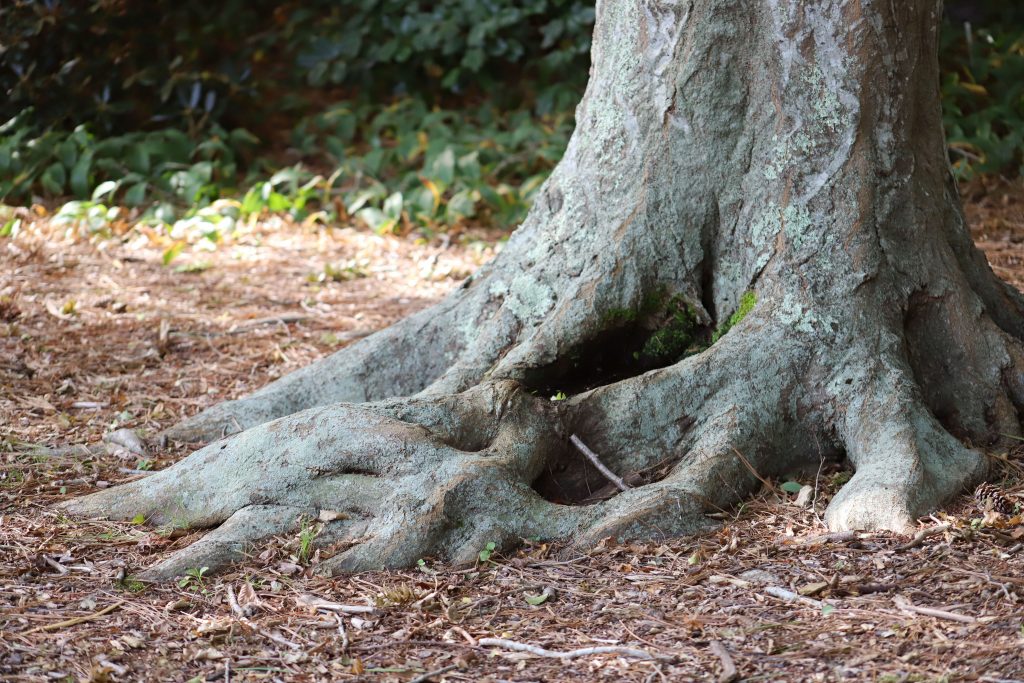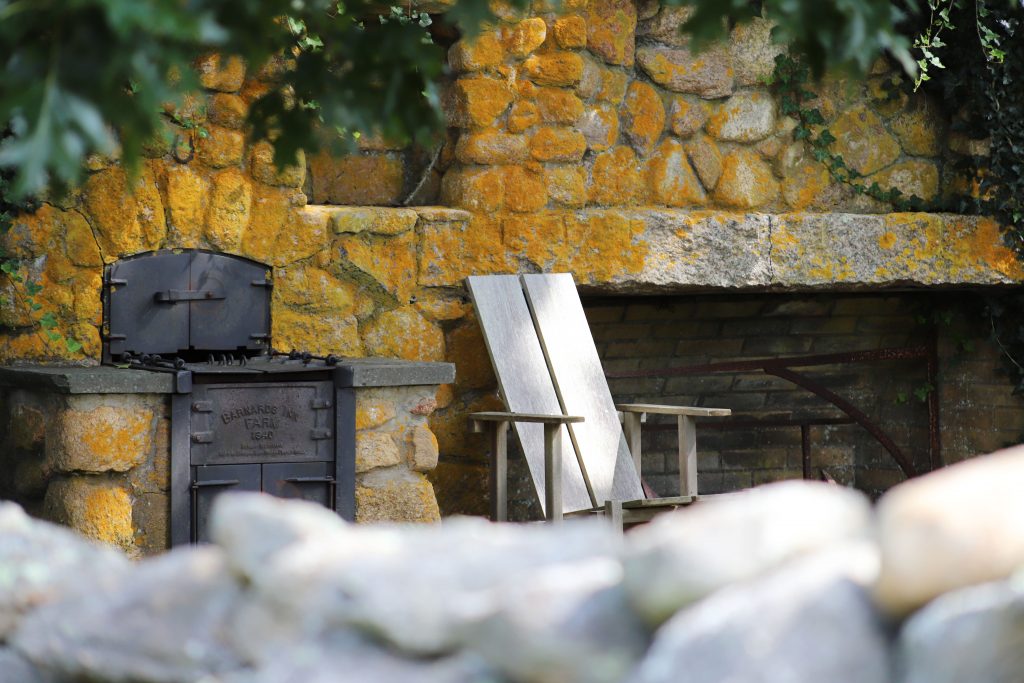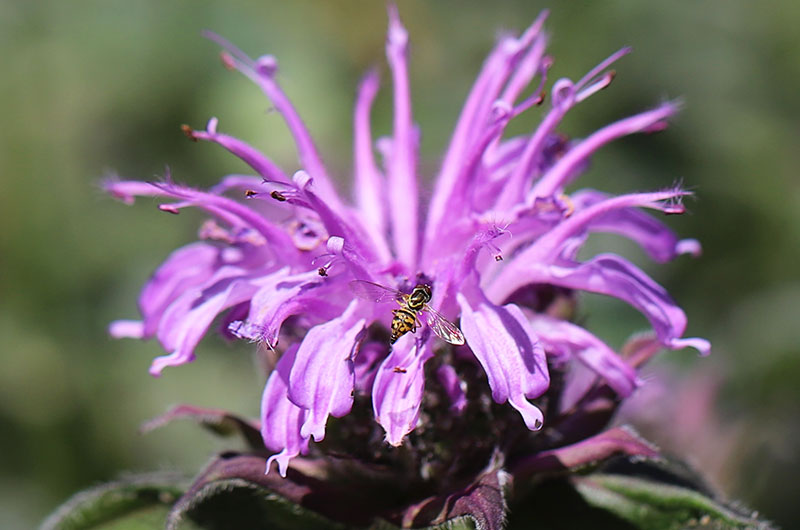
BY SOME MIRACLE, I have a summer intern. A really good one. Work life has taken a turn for the better.
I can’t truthfully call it a miracle. (Though you know me and the God thing – I’m pretty sure this is an answered prayer because I certainly put my work fatigue out into the universe. In other words, not only did I pray about it, but I told everyone who would listen that I was wearing down.)
My boss and I talked about this a few months ago, and she, being the supremely practical person that she is, suggested that giving me my own summer intern might be at least a partial solution. In the past, I’ve tried sharing interns with the newspaper, but it never worked out. I got the short end of the stick because there were plenty of news stories to keep the two interns busy.
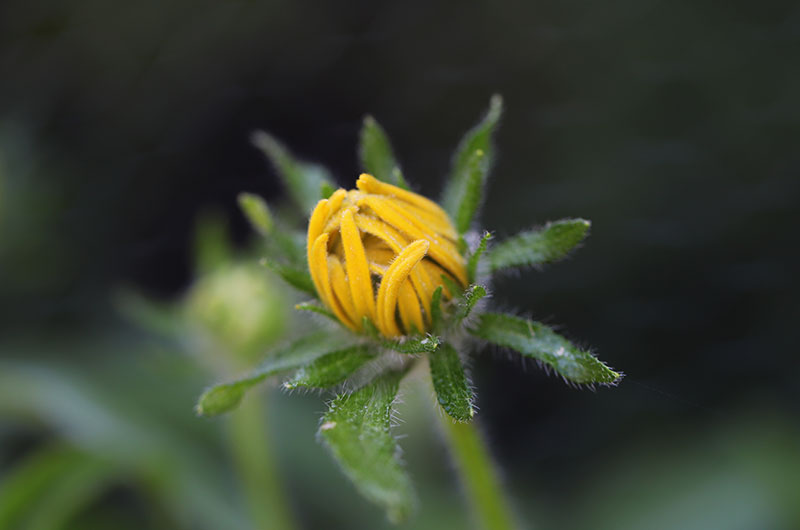
But this year, when all the summer intern applications were in, four smart young people rose to the top of the pile. And instead of just hiring two, my boss gave the go-ahead to hire all four – two for the paper, one for the magazine, and one for me (special projects editor).
My intern wound up starting first, and he bounded through the front door of the office with a backpack of positive energy. From that moment on he’s been fantastic. And the work he’s done in just a few short weeks has already lightened my load considerably.
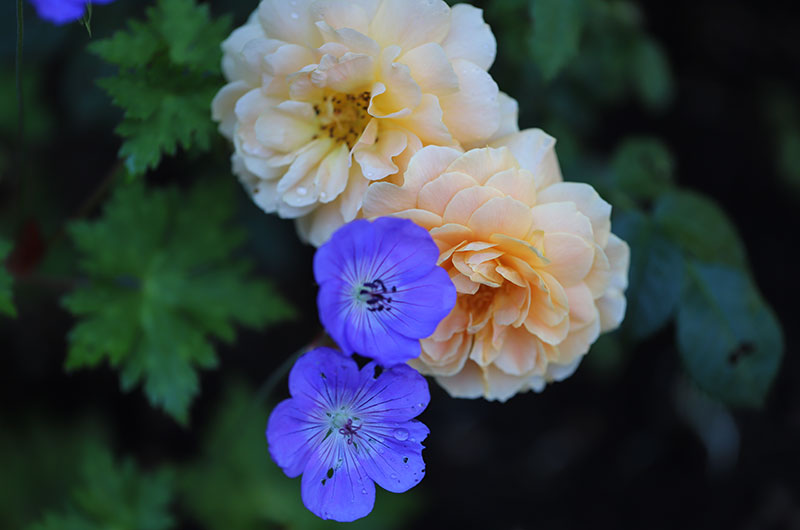
My business is all about content production. I hate that we use a banal word like content to lump together all the stories, photographs, illustrations, designs, maps, graphics, tips, recipes, resources, schedules, directories and every other form of useful information destined for a digital or print product.
Product is an equally horrible word. But again, since we’re not just making a print newspaper and a print magazine, but websites, newsletters, and all kinds of specialty publications, too (hence the need for a special projects editor), we need words like product and content to encompass everything — even if the words do rub out whatever romance was left in the idea of being a writer, an editor, a photographer. (Remember, romance is important in the absence of large salaries!)
And here’s the thing: Products are insatiable consumers of content. To feed the beast, new content has to be created constantly.
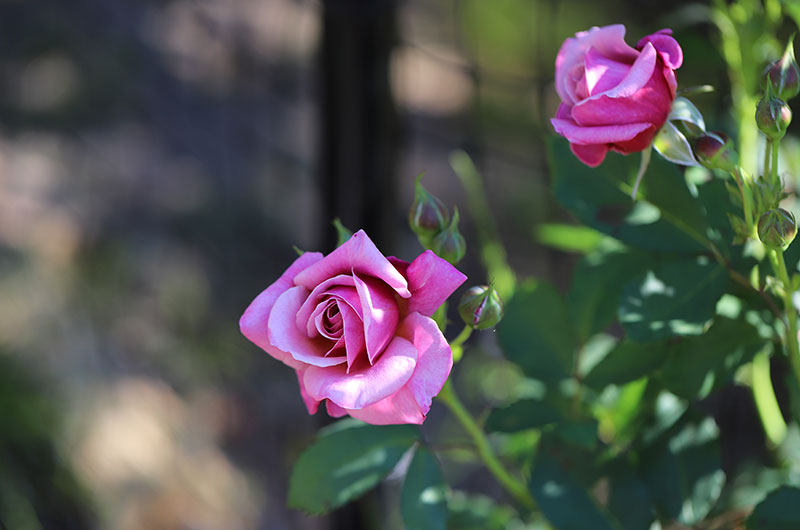
So basically the intern’s job is to produce some of the content for some of the products that I am responsible for. The more he produces (competently, requiring only a reasonable amount of oversight and editing), the less I have to produce. I didn’t really boil it down to this simple equation before he arrived, as I wondered (maybe feared) how much time managing him would add to my already stretched schedule.
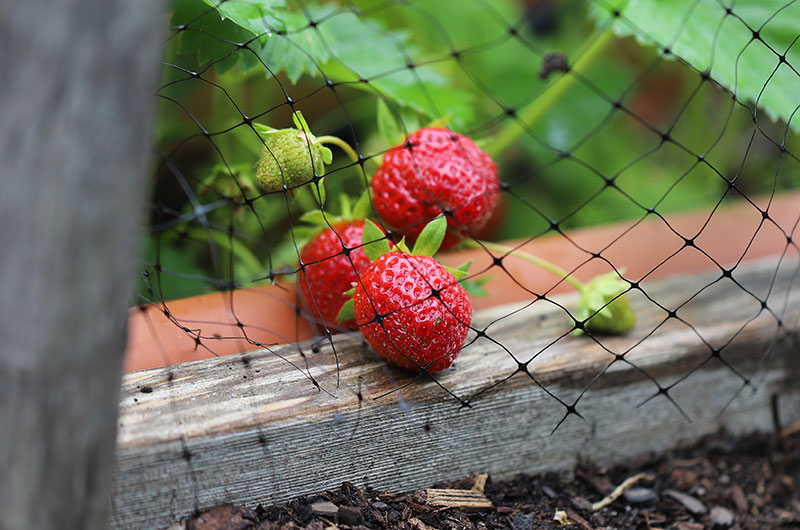
But the math is working — exponentially. I’m gaining just enough time to do a little gardening in the morning before work and some in the evening when I get home. I’ve gained a little weekend time, too. Wouldn’t you know it, I’m actually sleeping better – I haven’t had one of my 3 a.m. wake-ups in a while. The more I garden the better I sleep. The less time I spend on the computer late at night, the better I sleep. The more I sleep (and garden!) the better I feel about my job.
Thank you, intern.
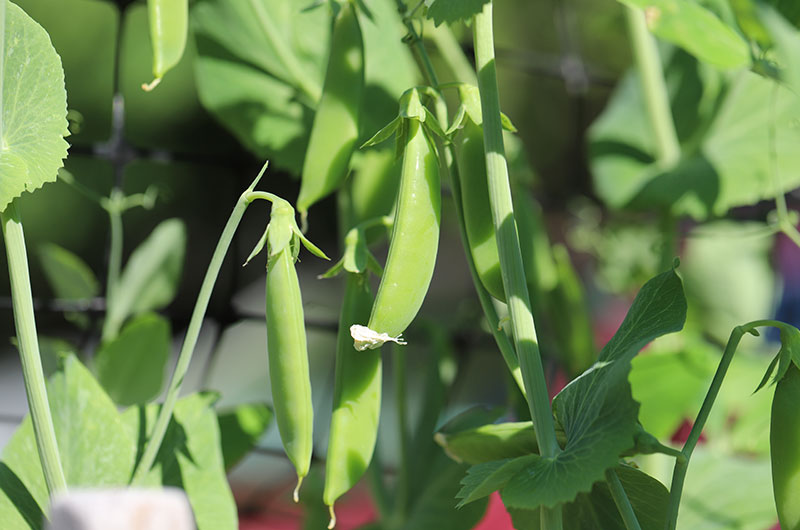
It all seems too good to be true, so I’m waiting for the other shoe to drop. But in the meantime, I’m marveling at how the physical and mental activity in the garden has improved my mood. Stretching under-used muscles feels so good. And focusing on satisfying tasks like getting every last plant and seedling in the ground, crafting trellises out of stakes and twine, repairing hoses and MacGyvering solutions with zipties, clothespins, fabric staples, and no carpentry skills (!) — this is all the anti-anxiety medication I need.
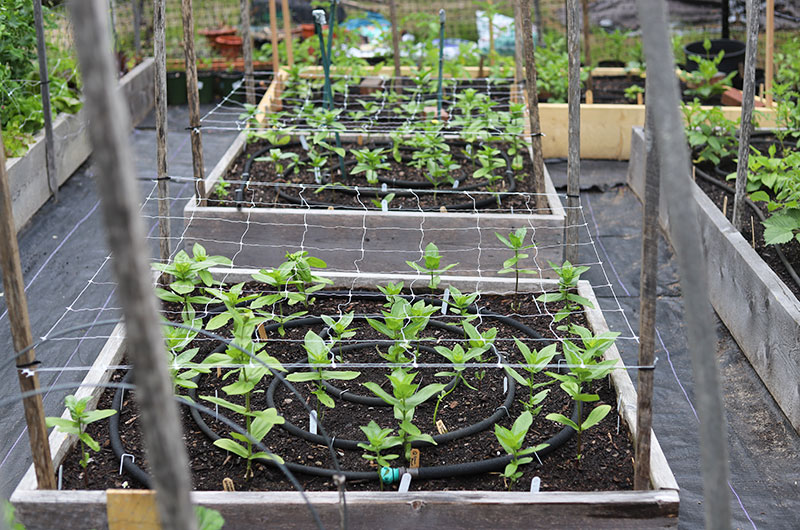
Today I took my notebook into the garden (the fenced garden) and recorded how many zinnias are in the ground (75) and what varieties they are; how many (and which) dahlias are planted (32) and how many are still in pots (16), how many cosmos are in the ground (50) and how many tomatoes have been planted (10). I’m happy to say that this nerdy notetaking — counting and recording things — is for me a pure delight.
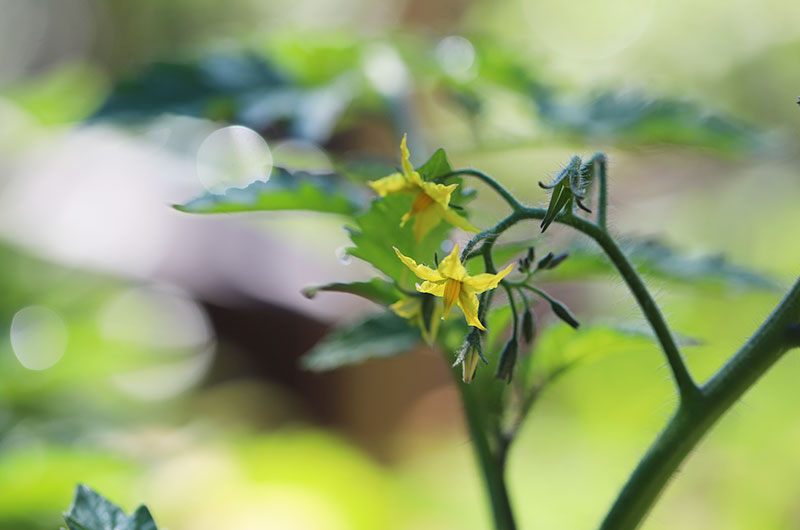
Tonight I picked purple snow peas and green sugar snaps for dinner. I planted a new herb – African Blue Basil — and crammed the last of the cosmos in the ground. (It will be a jungle again this year. Oh well.) I arranged the rest of the potted dahlias in alphabetical order and grouped together ones I’m going to bring to friends. I said hello to a small mouse who has been eating my strawberries. I made a fresh flower arrangement from roses and hardy geraniums and salvias and chocolate cosmos and bee balm from the perennial garden. I watered. I stared at the ground wondering when the nasturtiums are going to germinate and if the sunflowers will grow where I planted them and whether I should rip out the peppermint that jumped the fence and broke through a weed barrier. It got dark. I came inside. I made tea. I ate chocolate (just a little bit). And all was well.
Thank you, intern. I’m hoping you hang around for a long time!
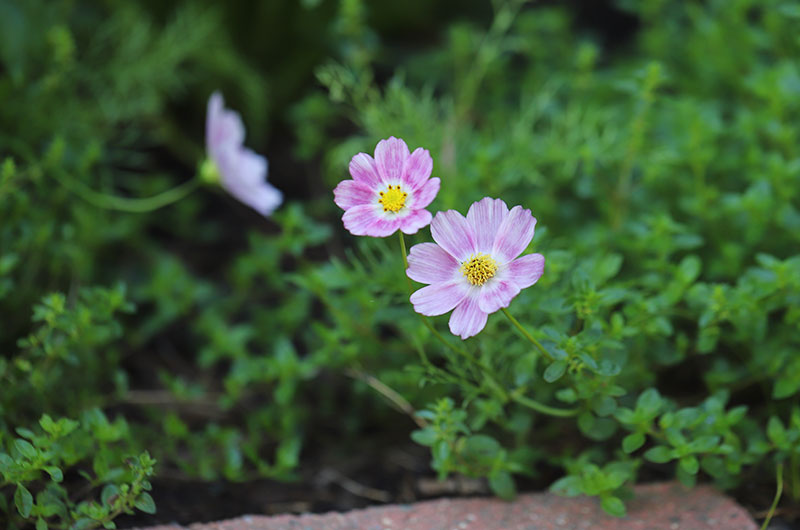
se·ren·i·ty /sə-ˈre-nə-tē/
noun:serenity
- the state of being calm, peaceful, and untroubled.
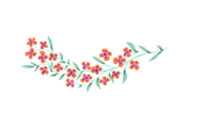
LOOKING FOR RECIPES?
Visit cookthevineyard.com and sign up for the free weekly newsletter. (Something I do as part of my day job.)

